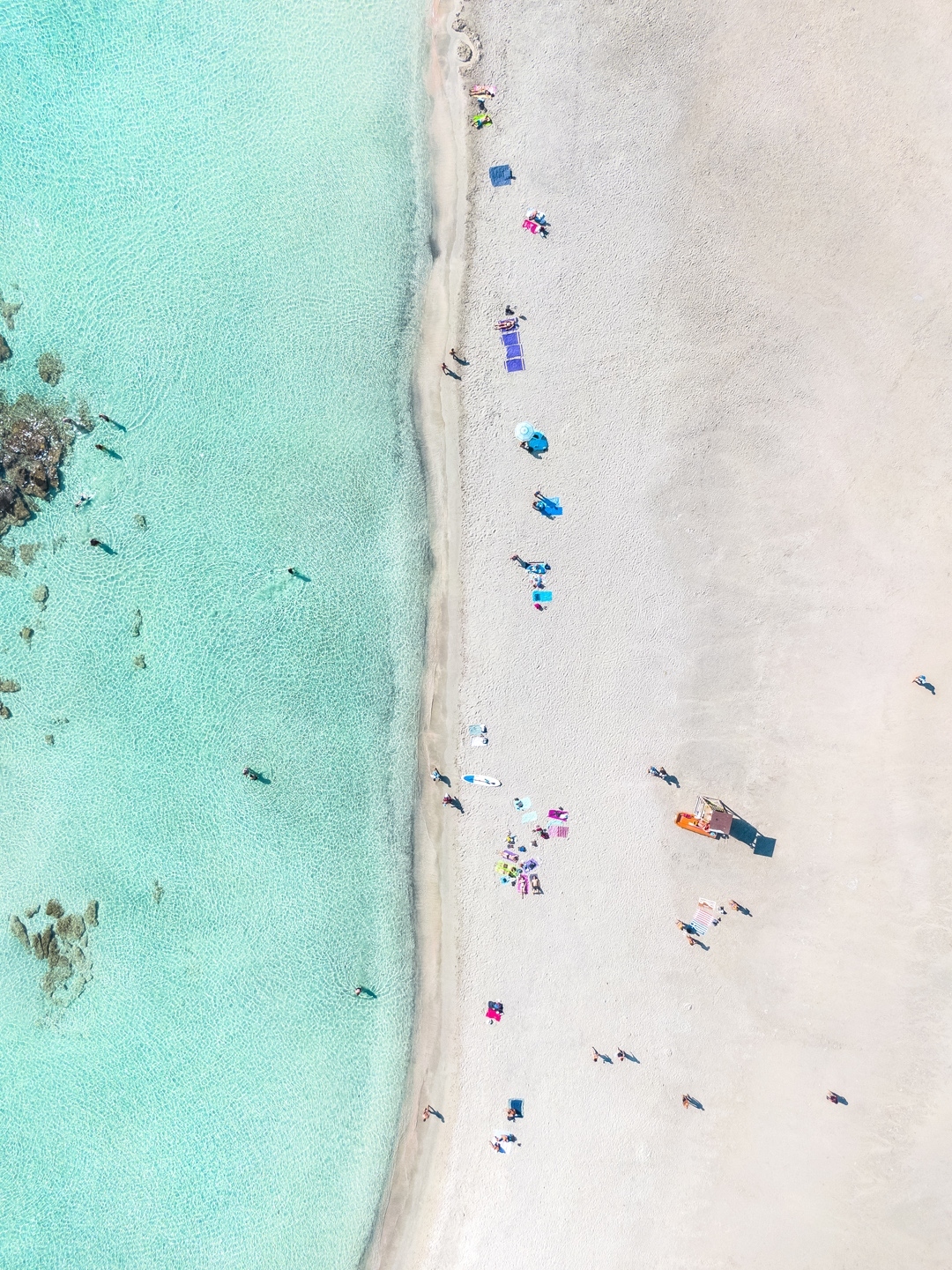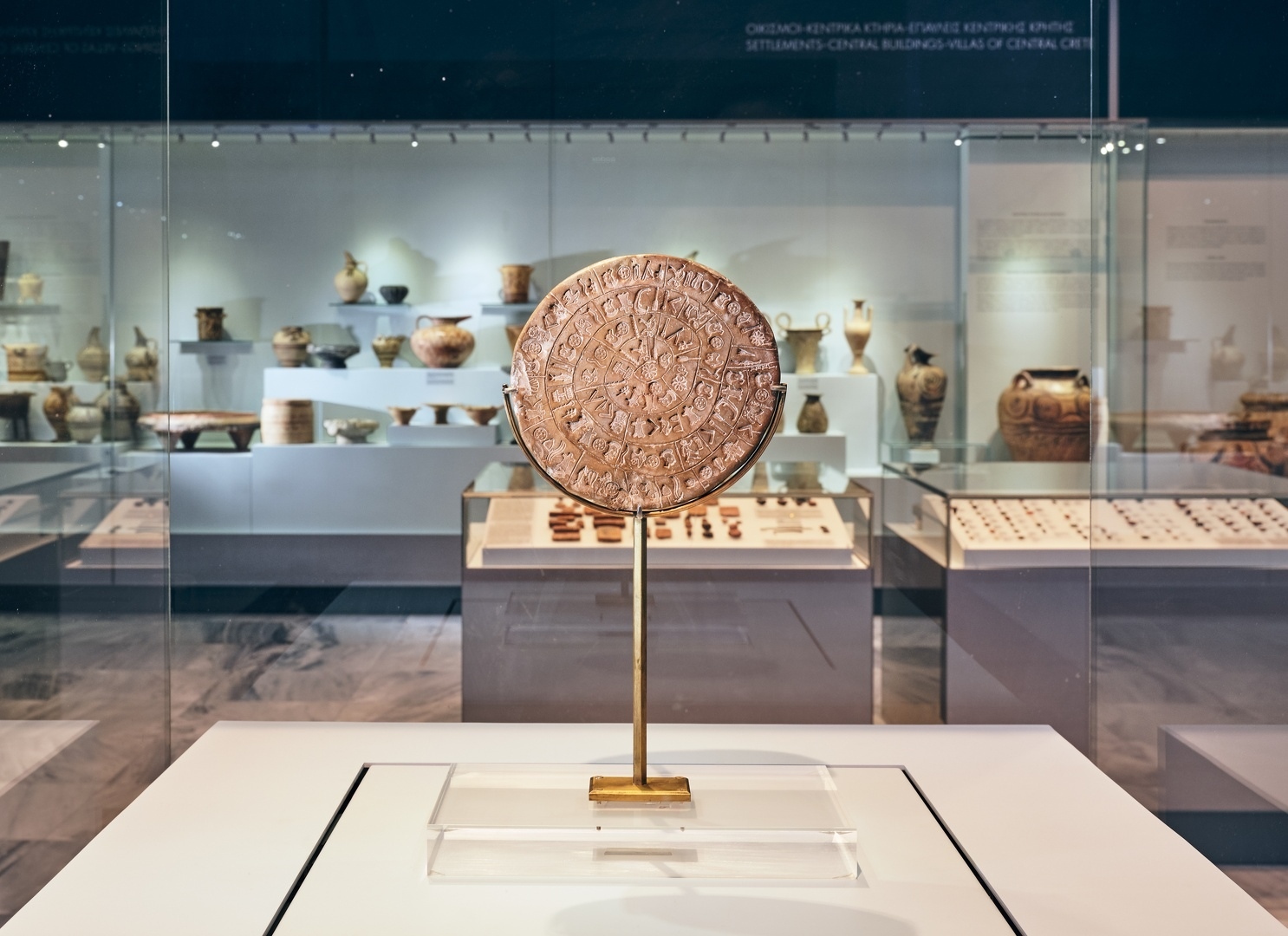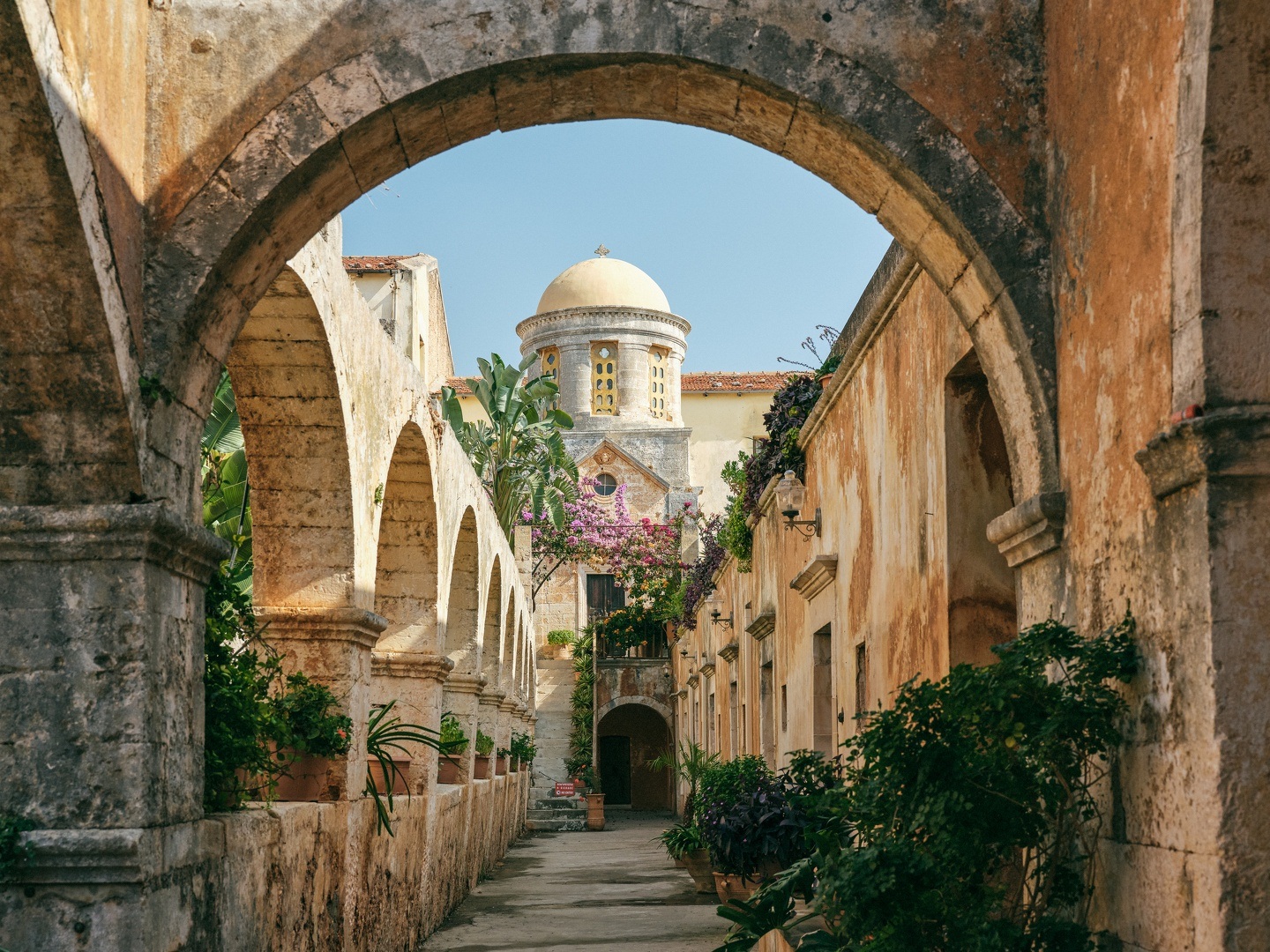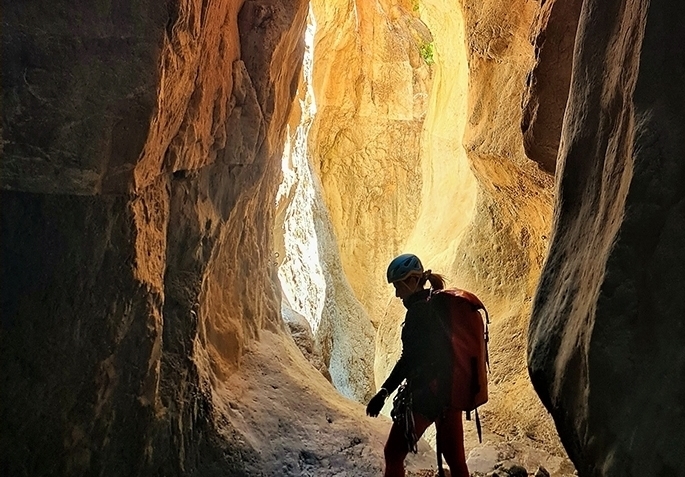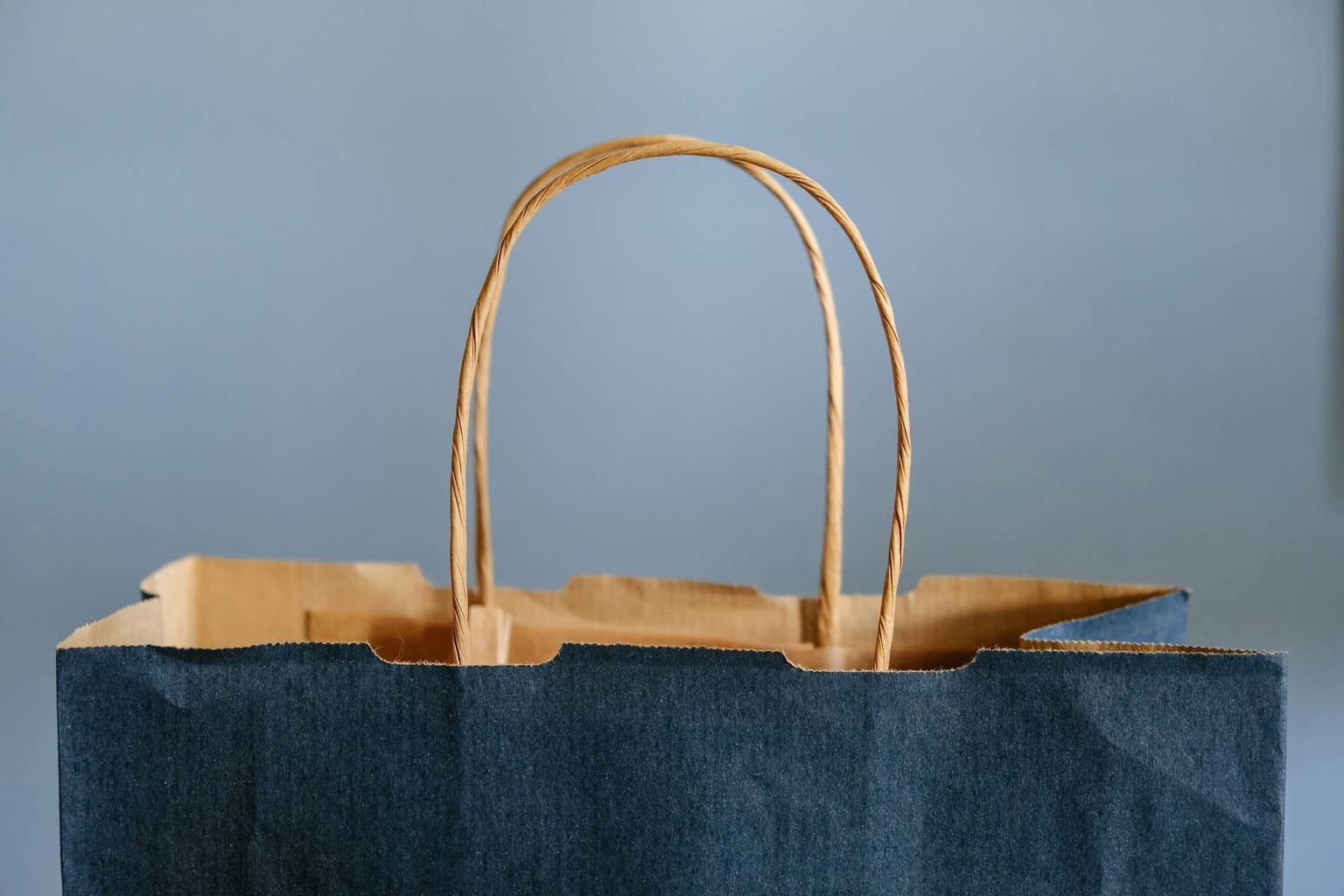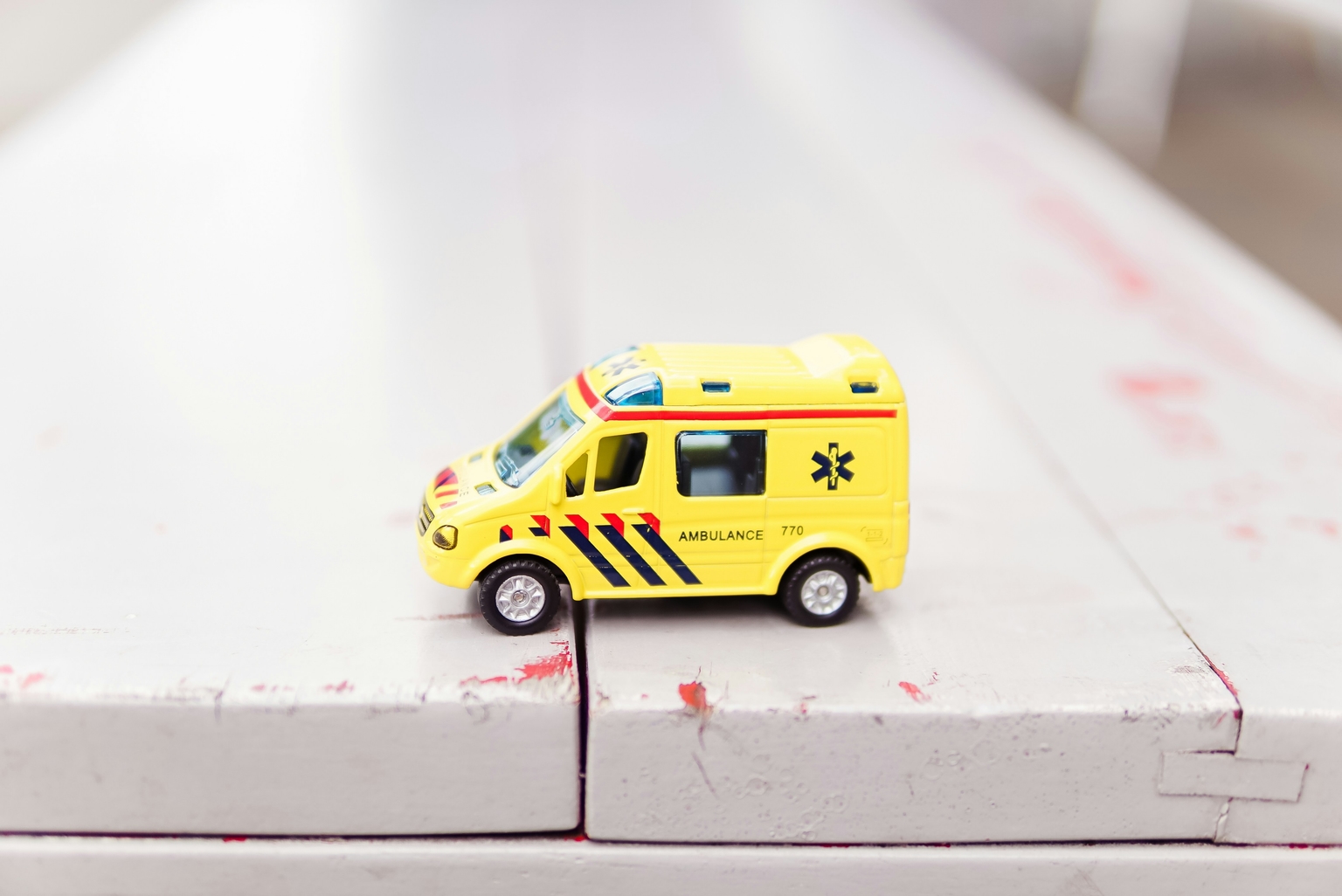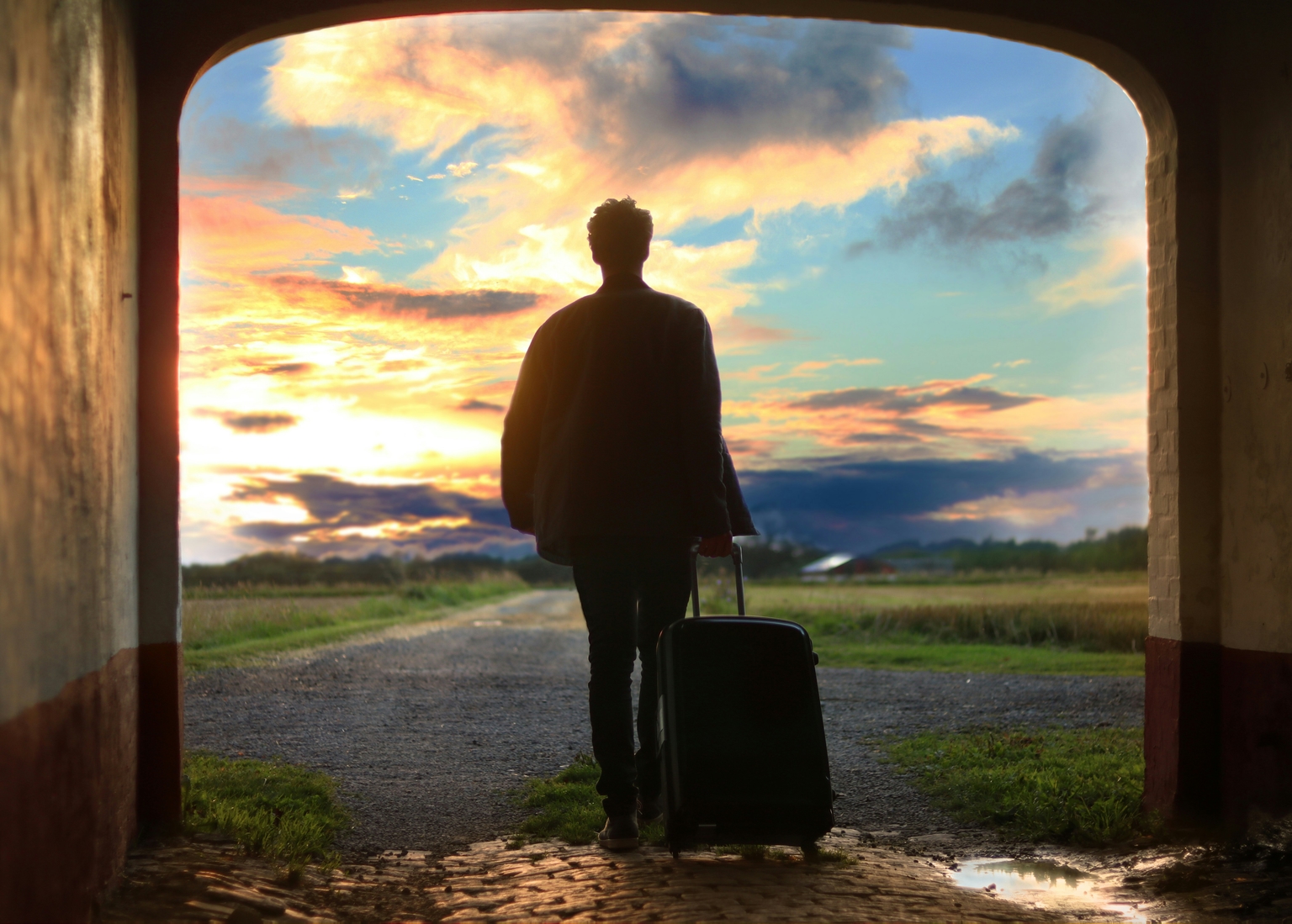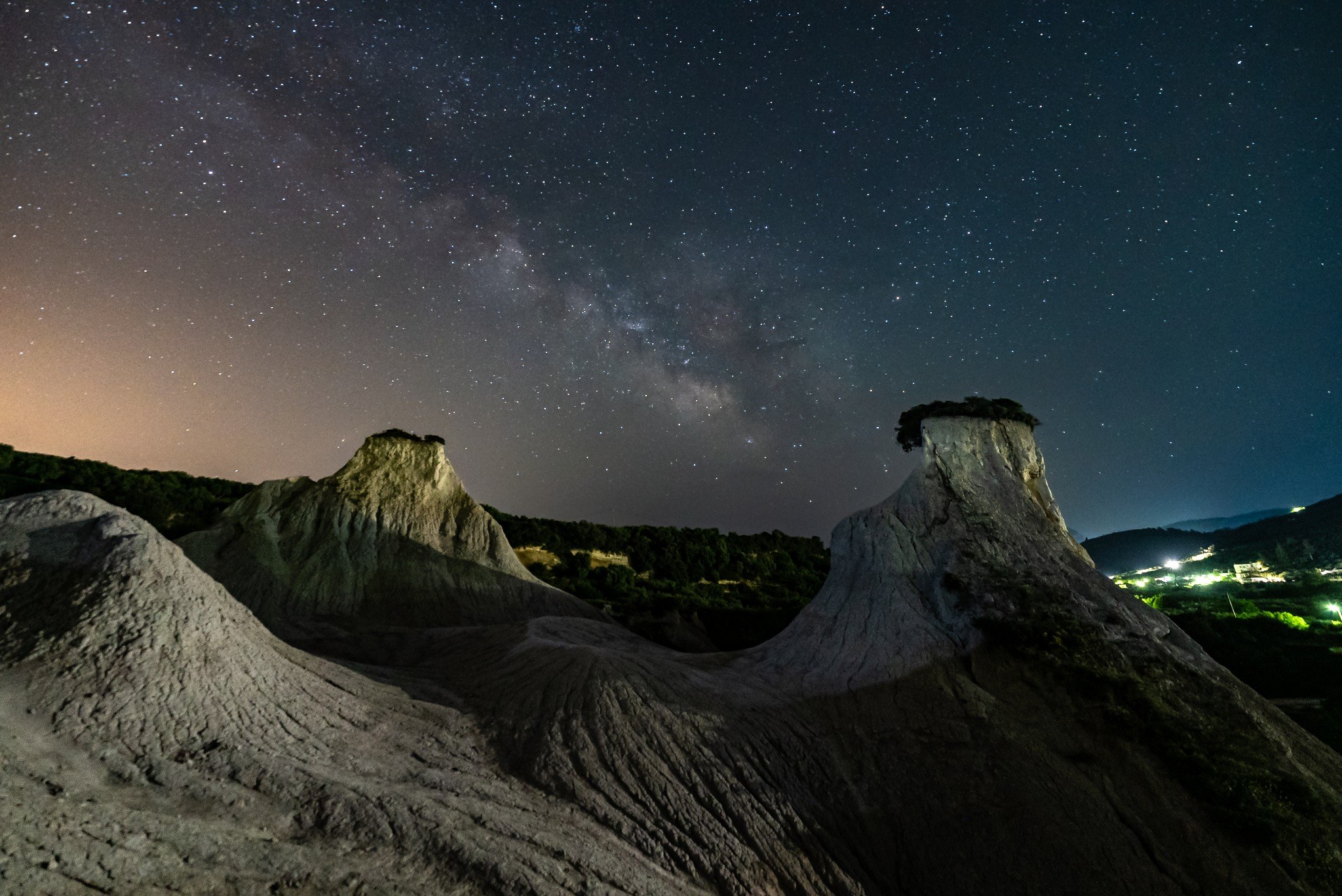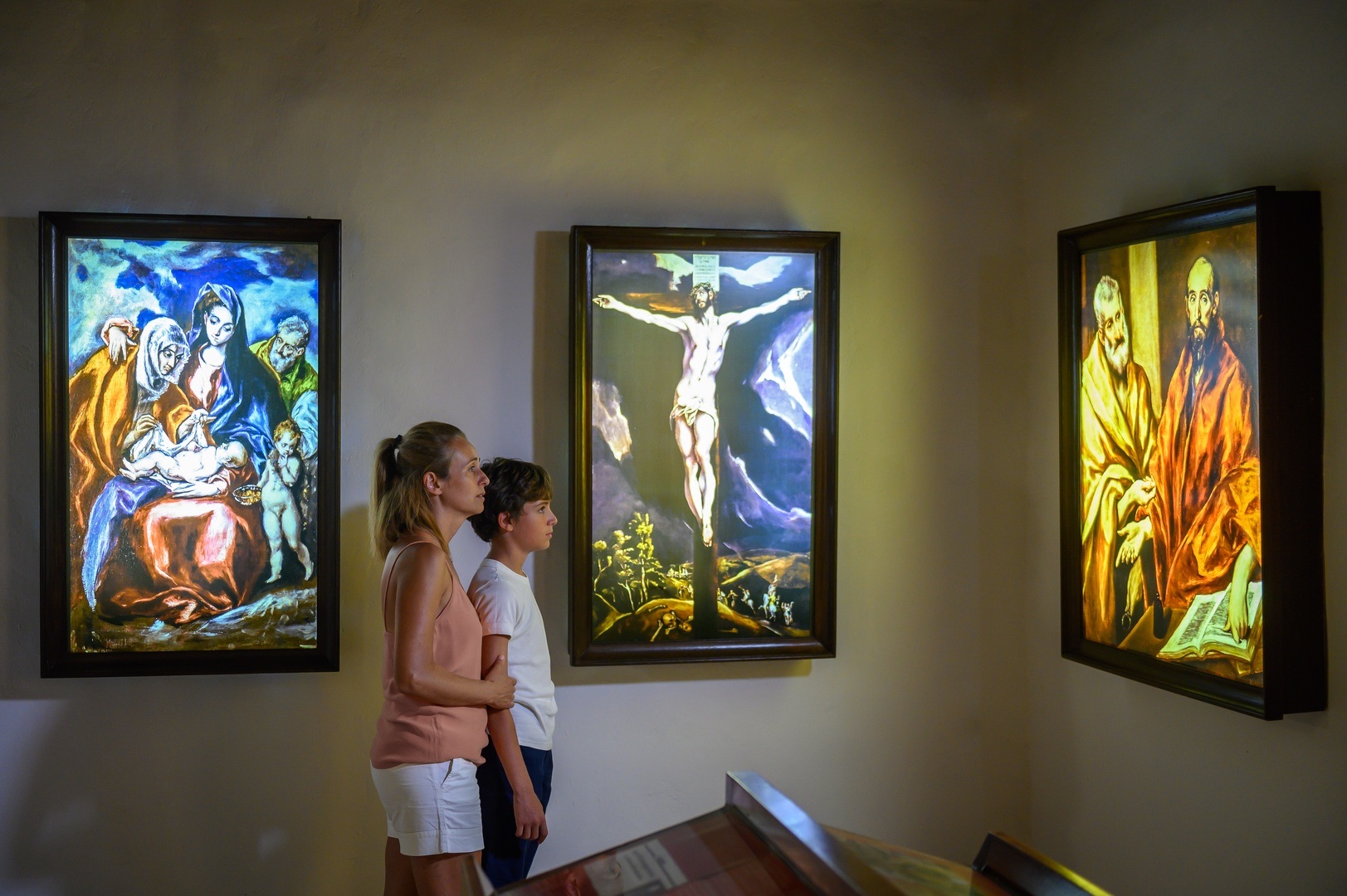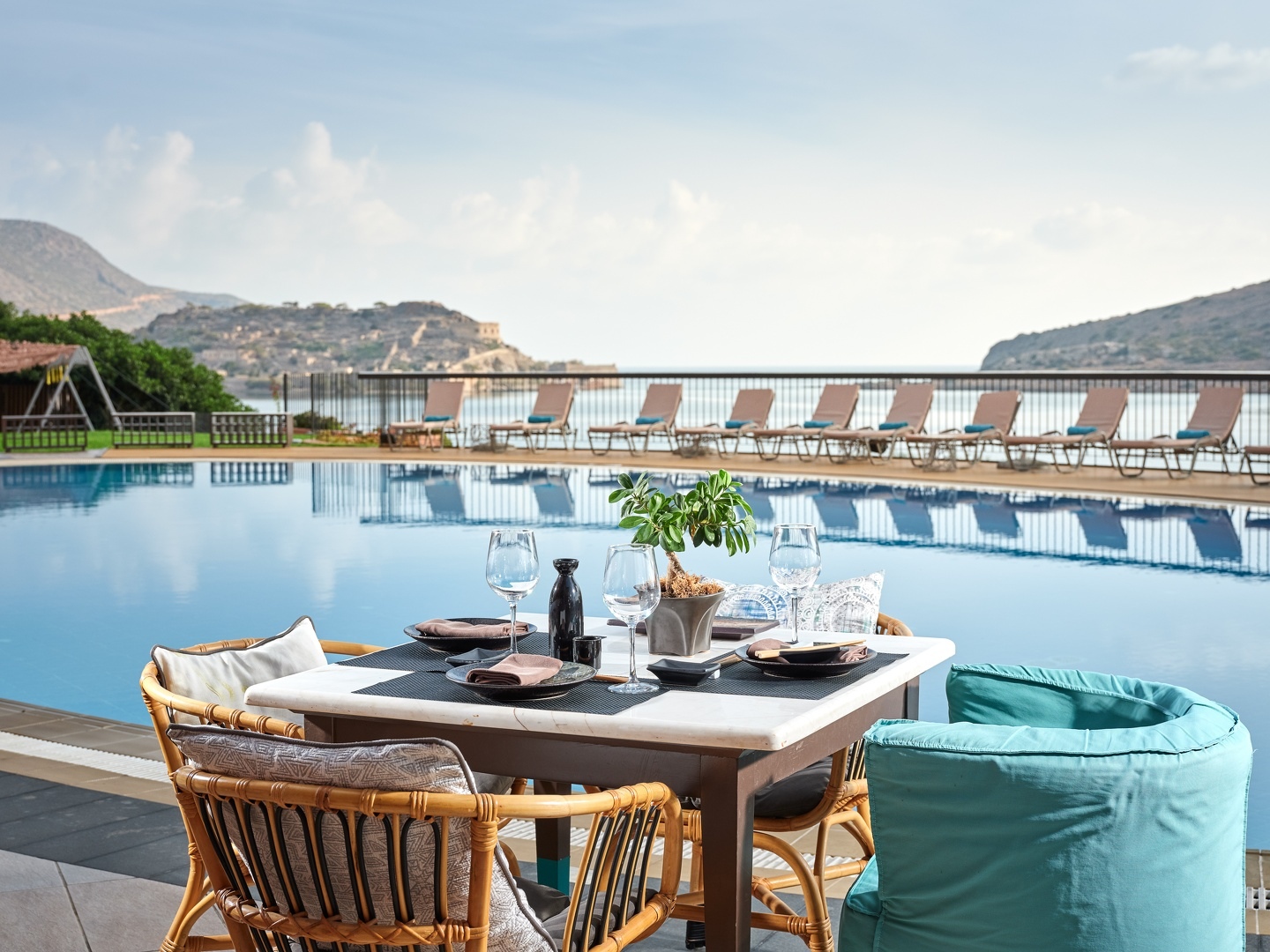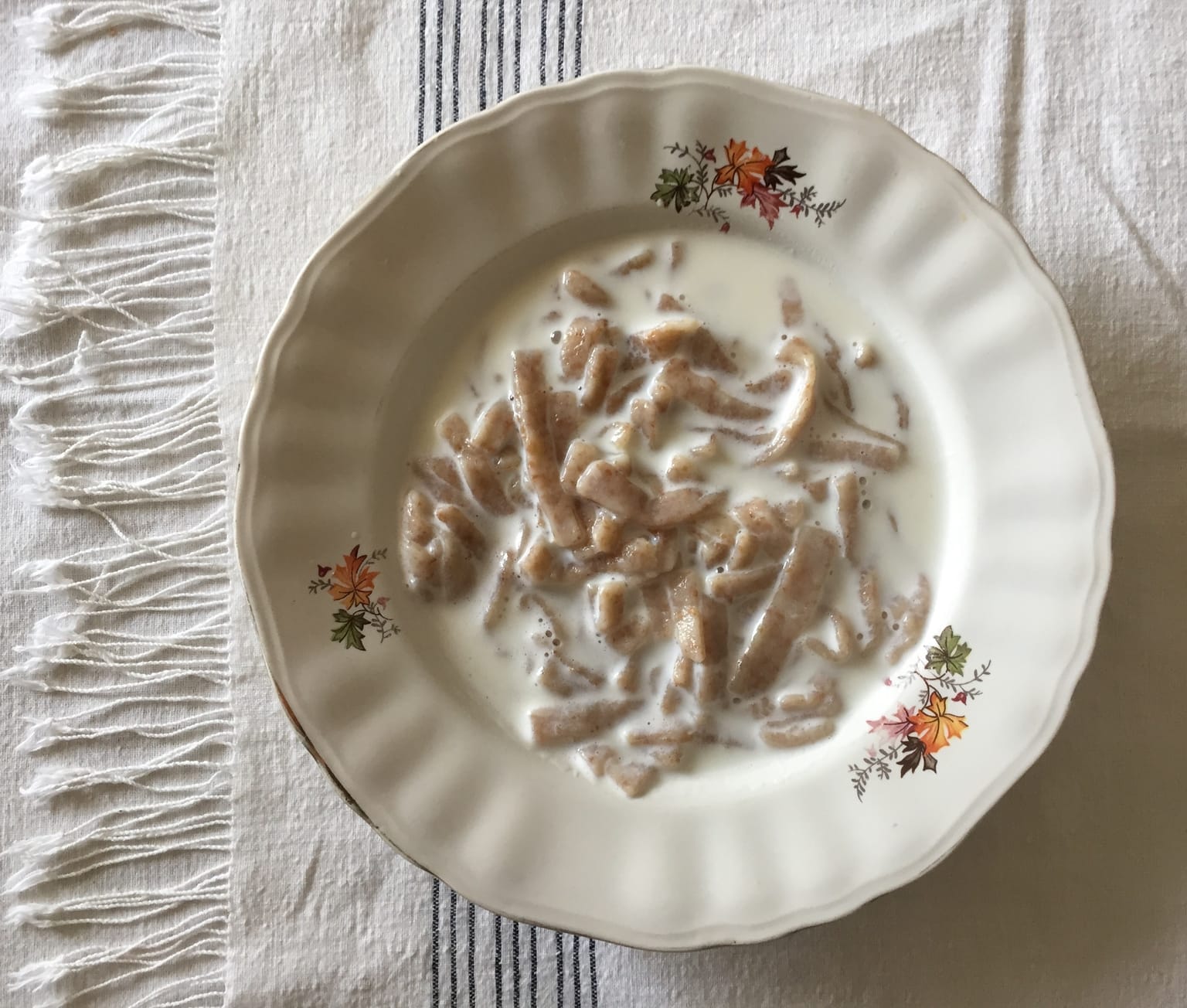
A Tradition Linked to Postpartum Care
Chylofta, a handmade pasta crafted from wheat flour, boiled in milk, and served as a soup, holds a special significance for women who have recently given birth. Traditionally enjoyed on Lent evenings, chylofta was believed by old housewives to aid lactation in new mothers.
Ingredients:
1/2 kilogram wheat flour
1 glass lukewarm water
1 cup olive oil (coffee cup)
1/2 teaspoon salt
Boiling proportions: For every 4 cups of milk, use approximately 250 grams of chylofta.
Procedure:
Sift the flour. Then, place the wheat flour in a large clay bowl, creating a dimple in the middle. Add the olive oil, salt, and lukewarm water into the dimple, then knead the mixture. If the dough is hard, moisten your hands with a little water and continue kneading. Finally, cover the bowl with a warm cloth and leave it to rest for about an hour.
Next, form balls of dough. Take one ball at a time and place it on a floured surface, then press it down. Using a rolling pin, roll out the dough into a thin sheet. Once the dough is wrapped around the rolling pin, cut it along the wood to form a large strip. Then, cut this strip into 2-3 oblong strips, each about 4 cm wide. Using a knife, cut each strip into small oblong pieces and dust them with flour. Lay a clean cloth on the table and place the dough pieces on it. Sprinkle plenty of flour over them to prevent sticking, and then sift them to remove excess flour.
Add the milk to a pot and let it simmer. Mix with a serving spoon, adding a little salt. Stir constantly to prevent sticking. Once the milk comes to a boil, add the dough pieces and stir slowly for about 10 minutes, until the chylofta is cooked. Remove the pot from the heat and let it cool slightly before serving.
Serve in bowls as soup. If desired, add sugar and cinnamon.
Lena Igoumenaki
President of the Cretan Cuisine Festival Association
Cretan Cuisine Festival
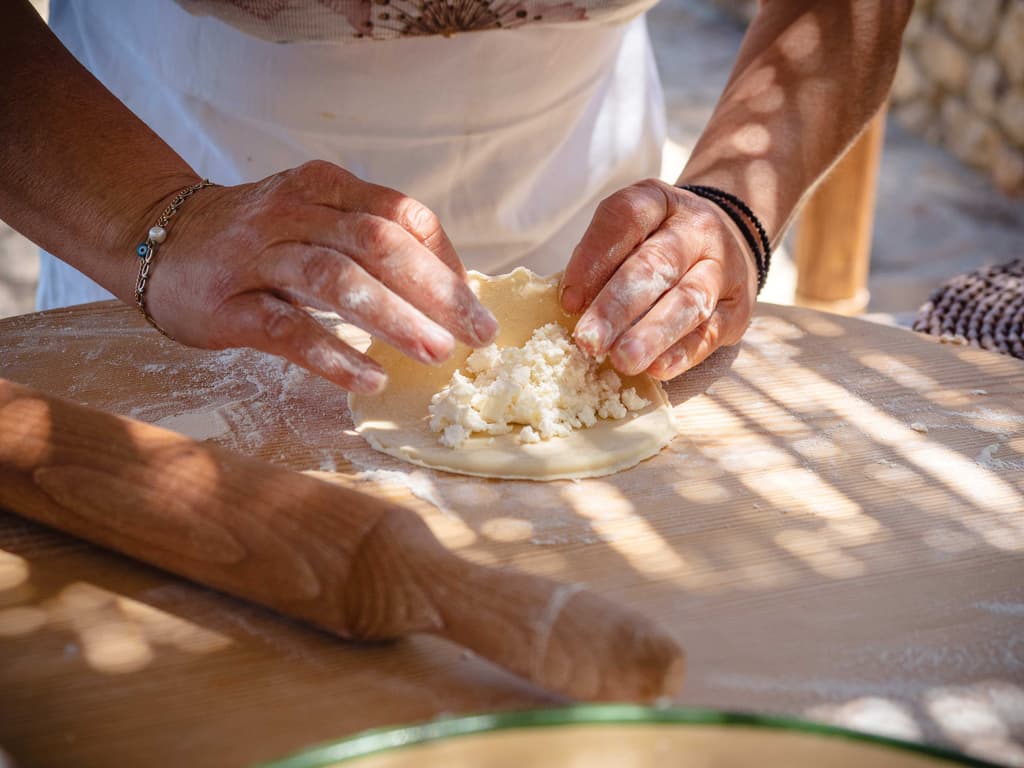
Mizithropites: Authentic Cretan Pies

Meat cake
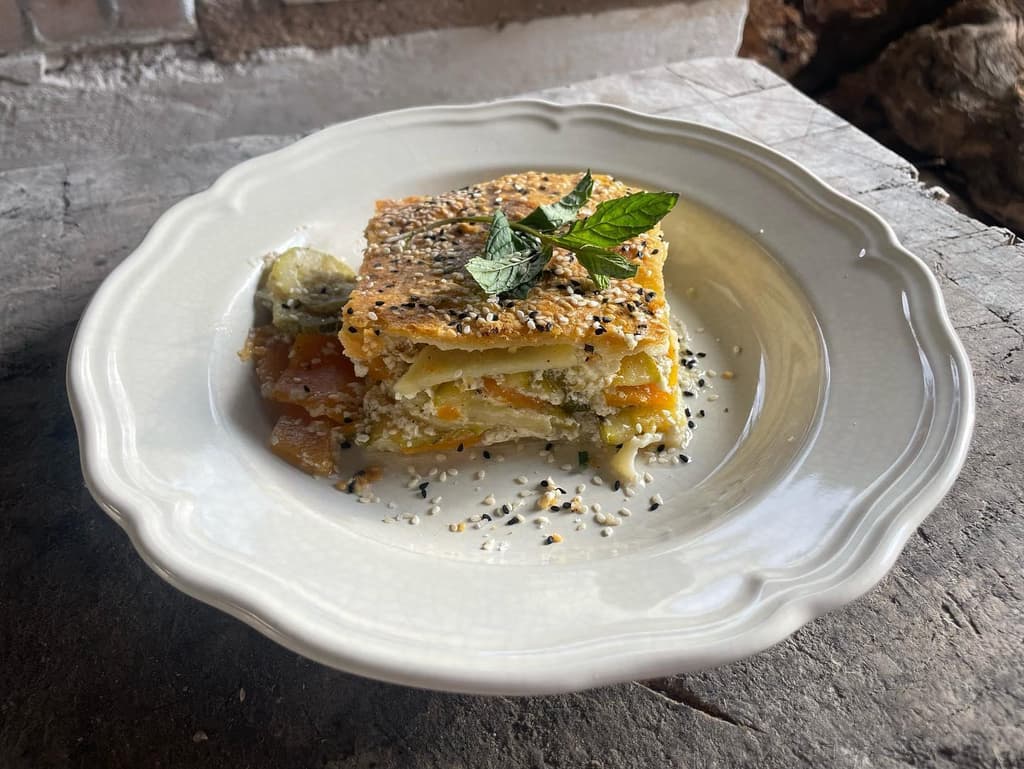
Chania Boureki or Courgette Boureki
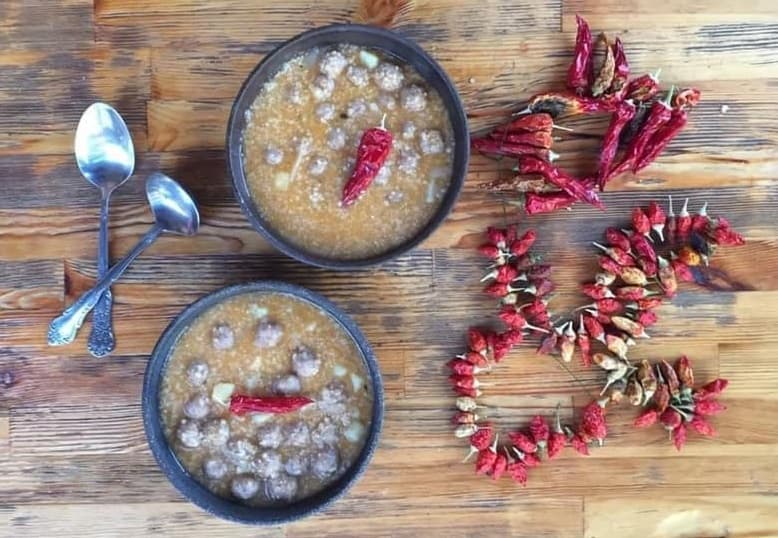
Topia (Balls)
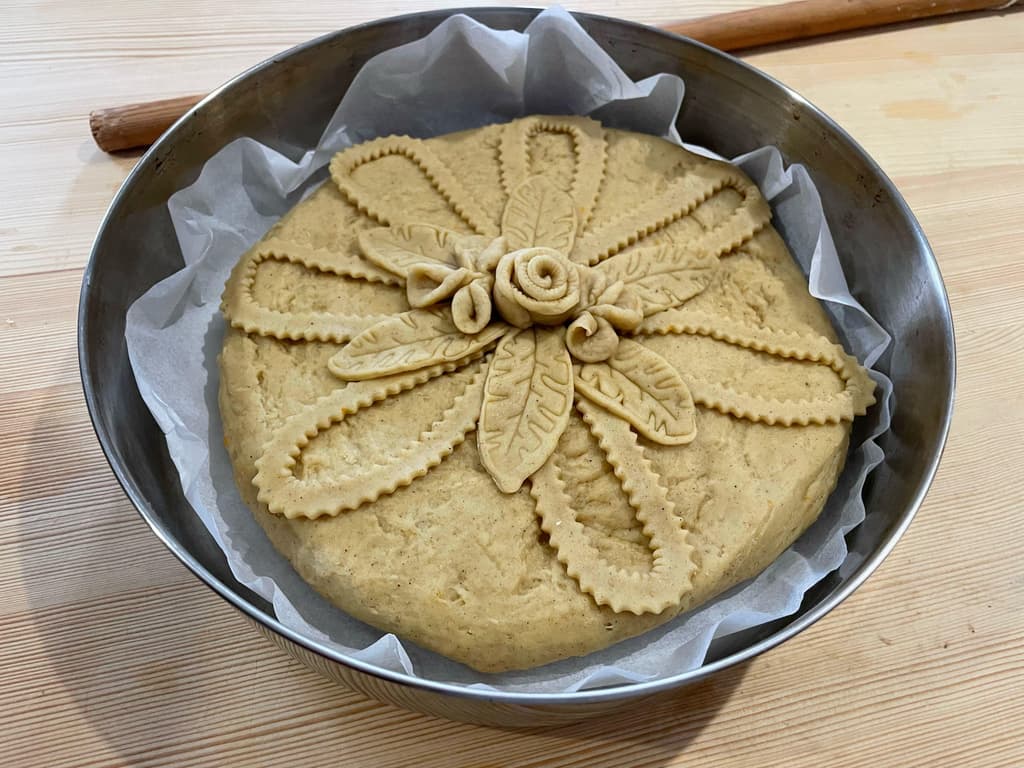
The Traditional 'Bread of the Year'
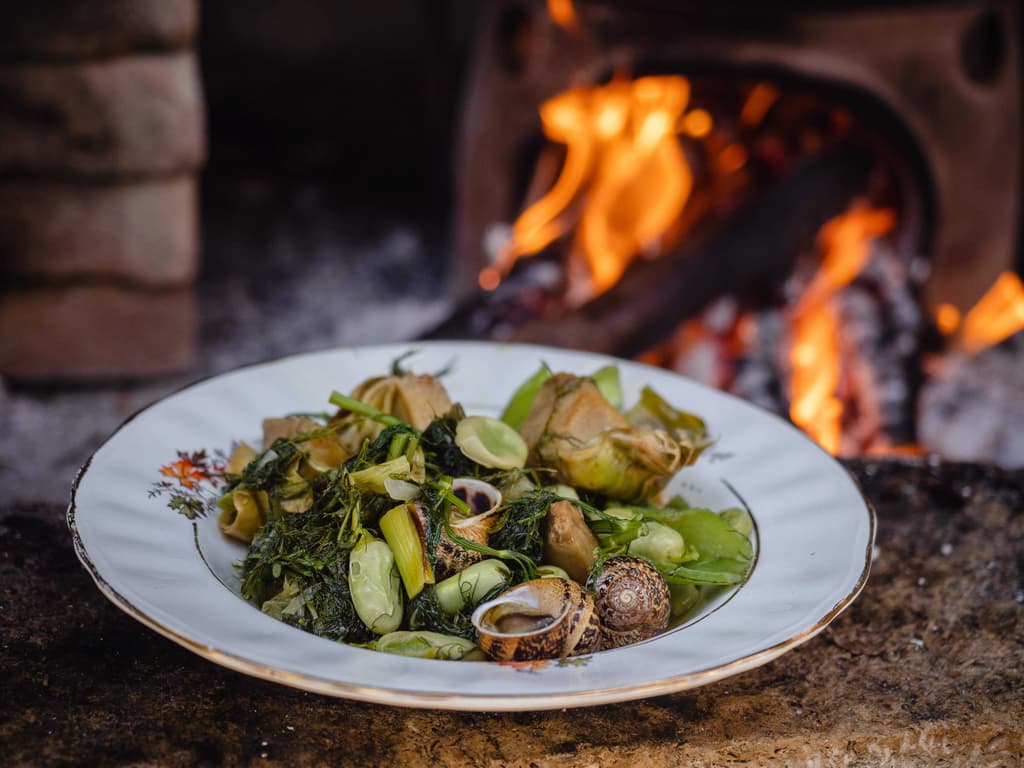
Snails with Broad Beans and Artichokes
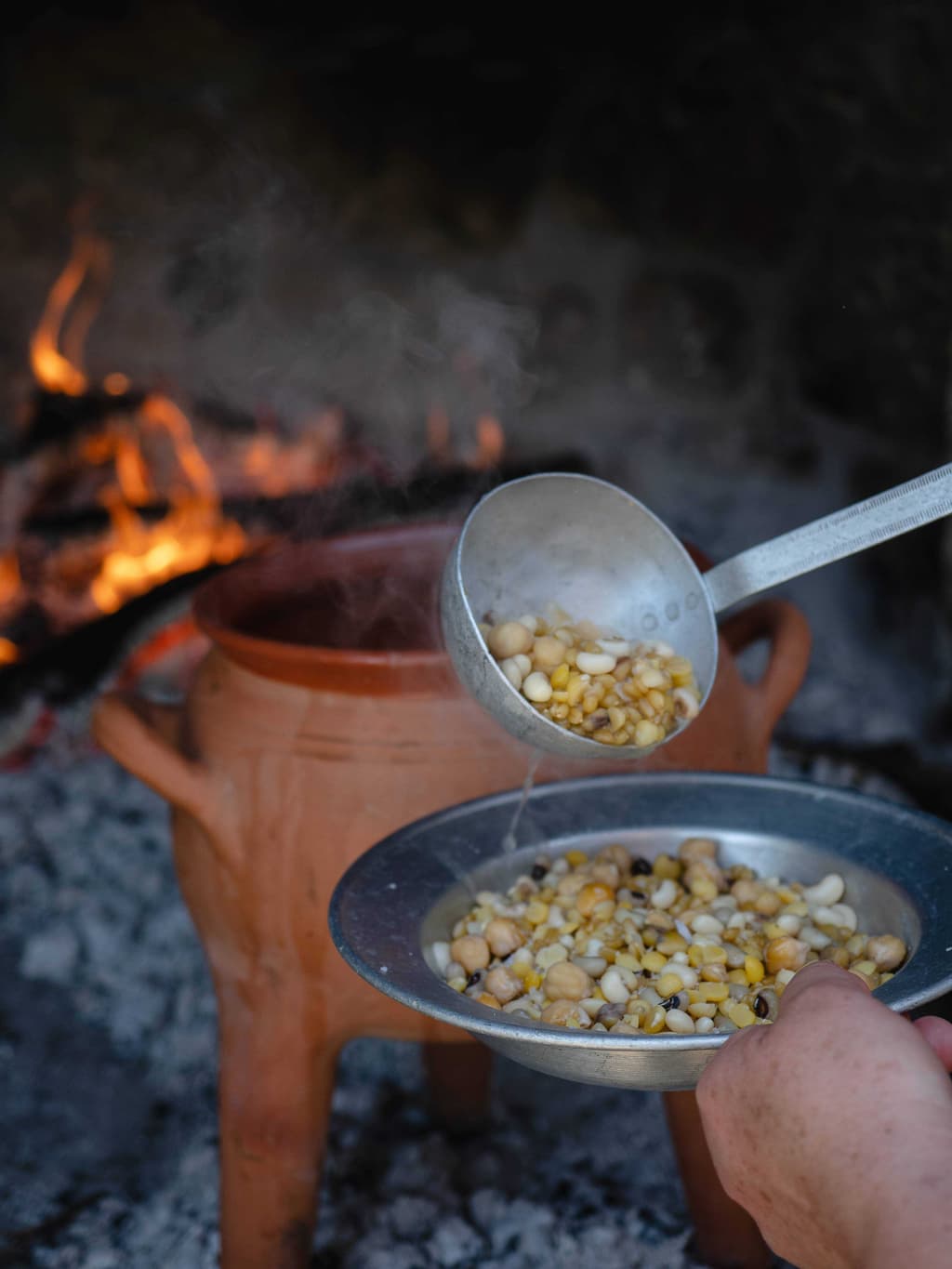
Cretan Ospriada or Palikaria (A Legume Dish)
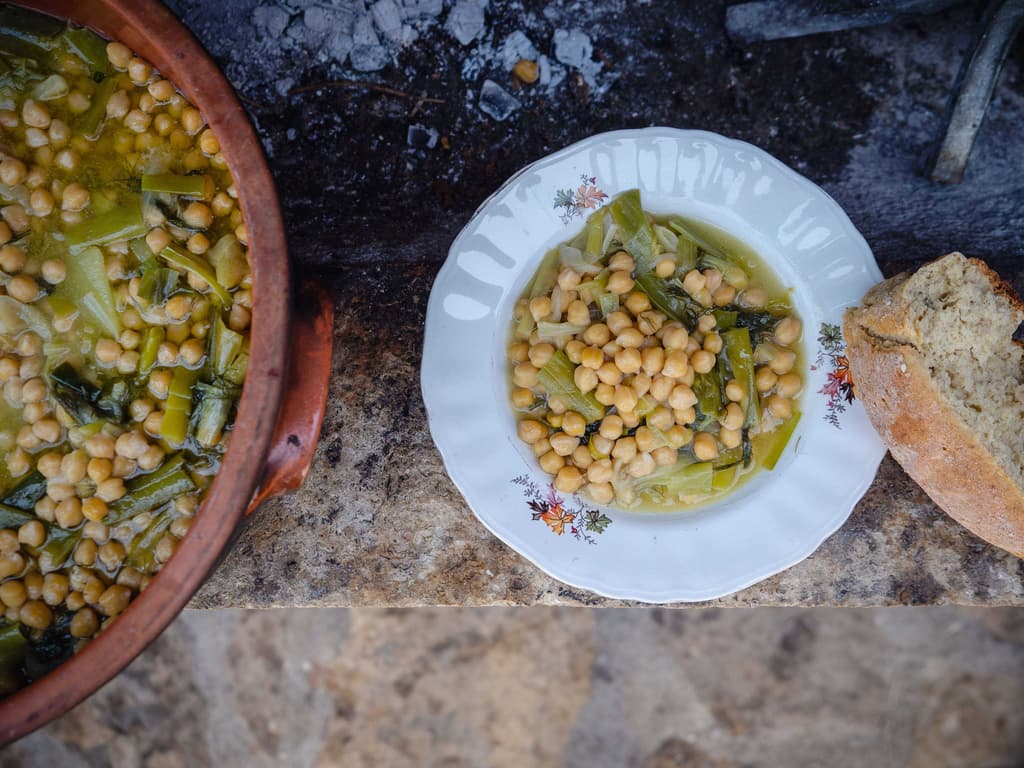
Chickpeas with Wild Leeks, Flour and Lemon Sauce
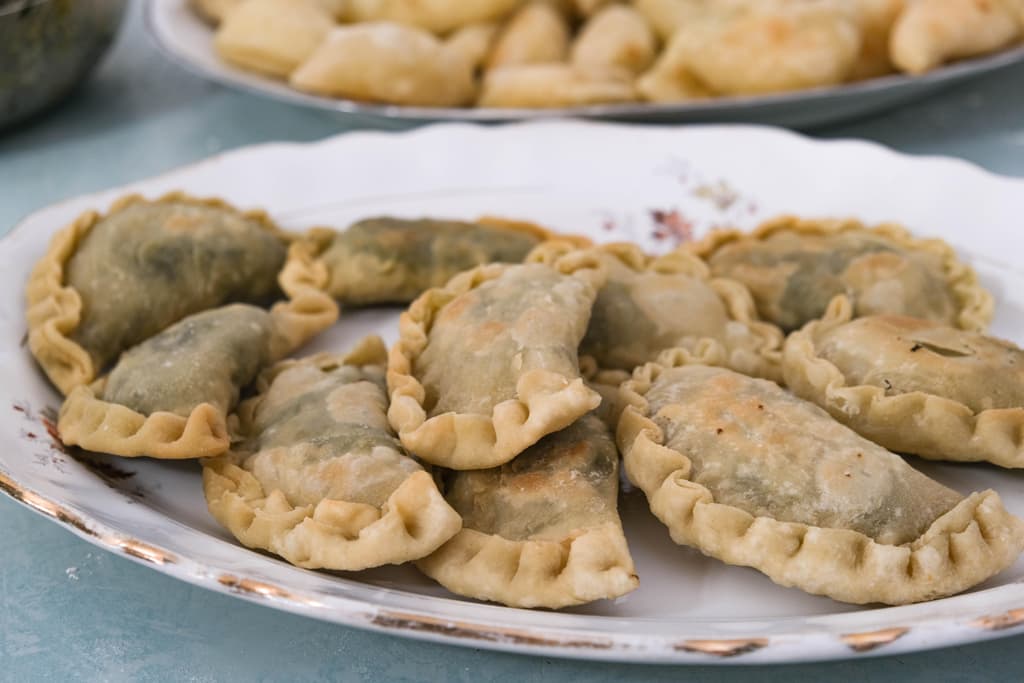
Pies with ‘Yachnera’ Greens
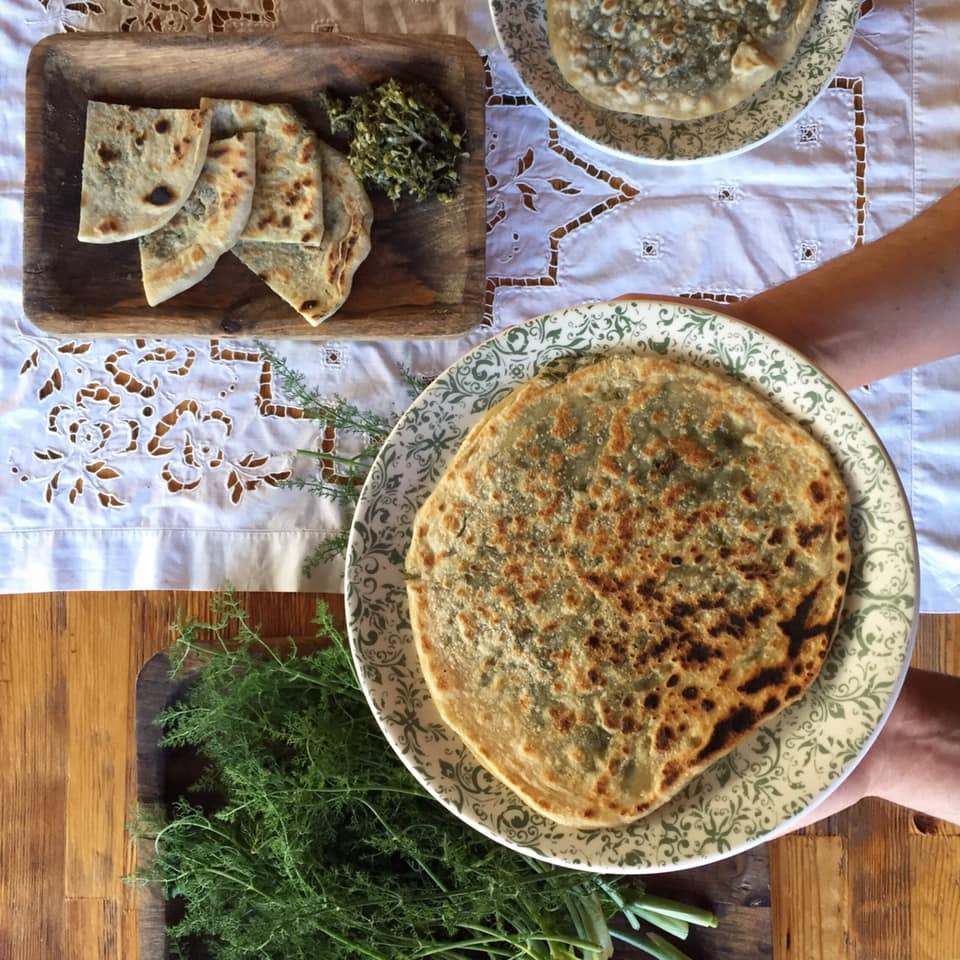
Fennel Pie

Sfakian Pie or Sfakianopita

Biscuits with Sesame Seeds

Sweet Rice Pie or 'Tzoulamas'
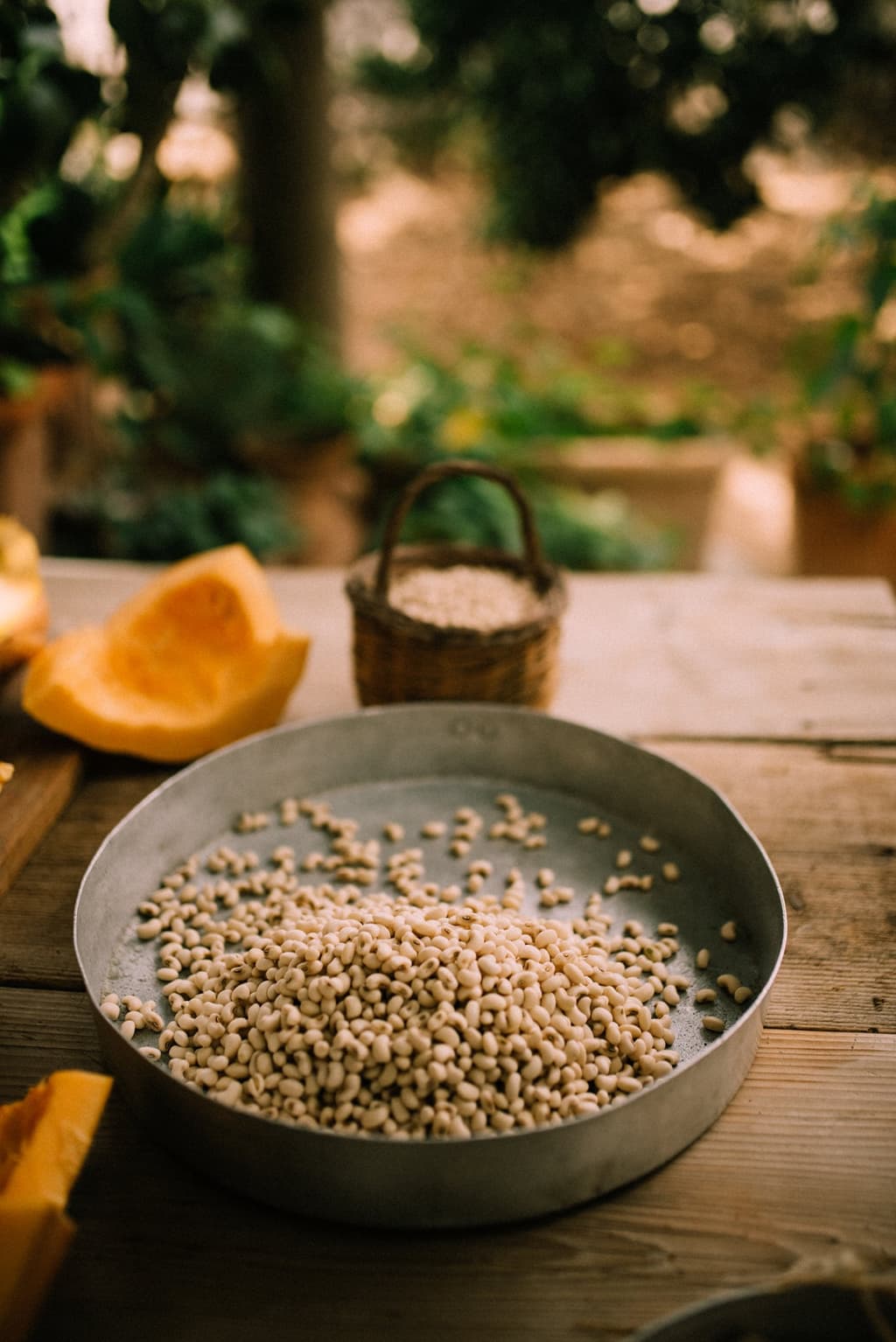
Apostoli White-Eyed Bean
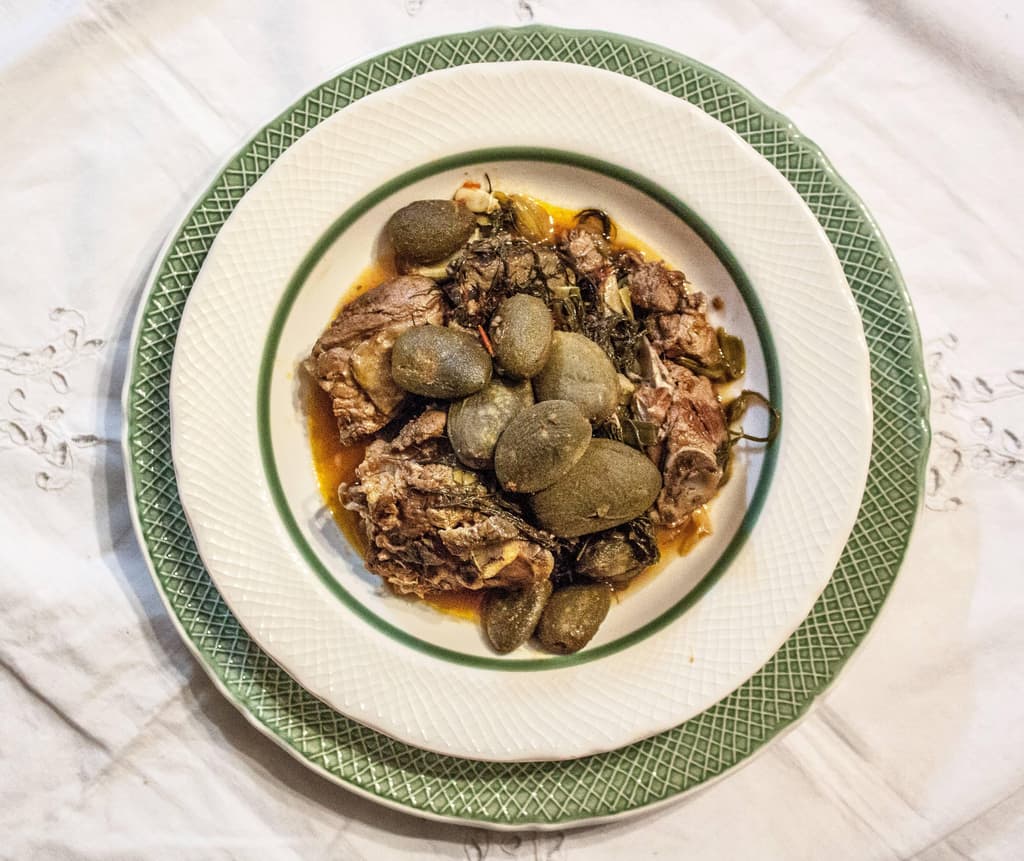
Almond-Infused Goat Dish with Fennel: A Fresh Delight
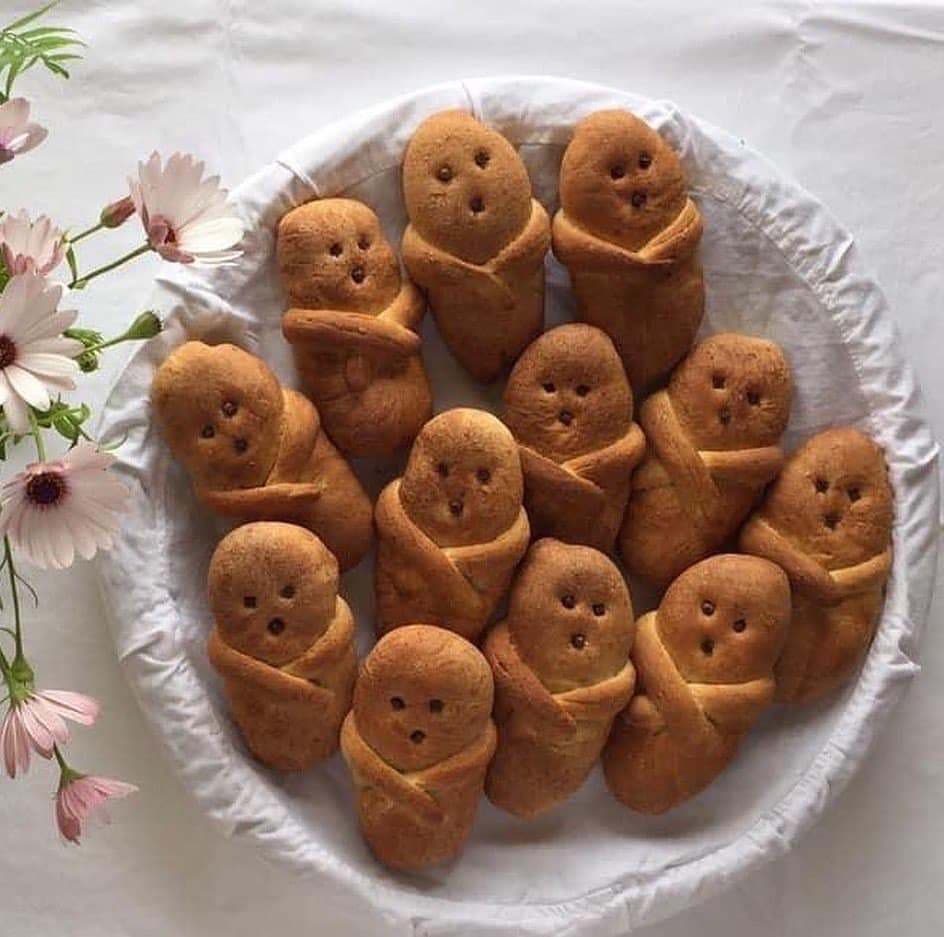
Lazarosavato

The Holy Week Sourdough
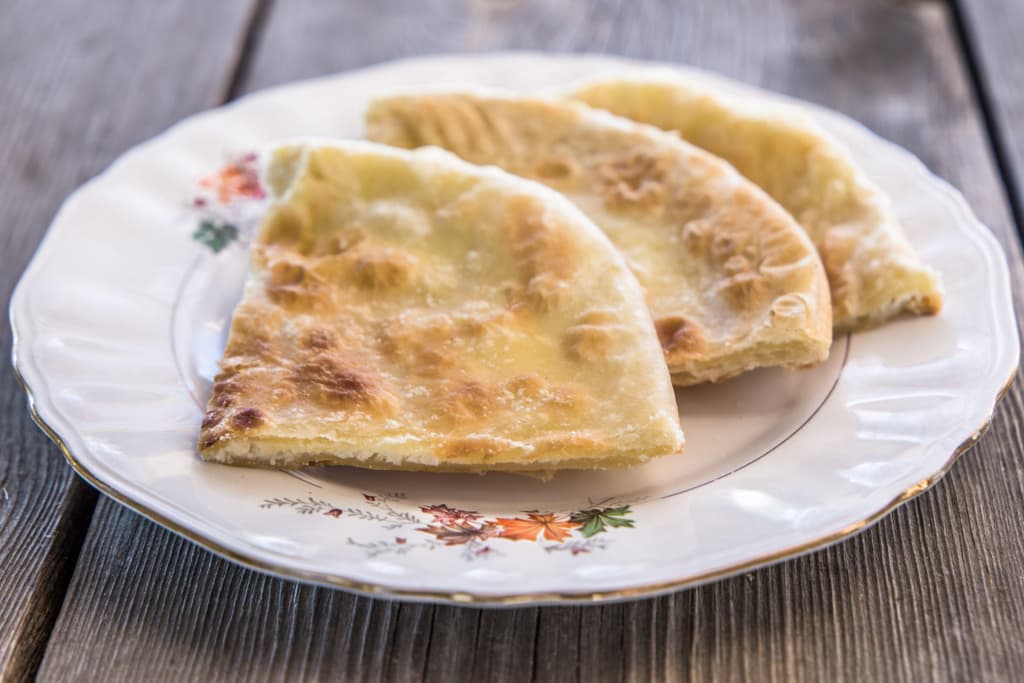
Nerati Mizithropita
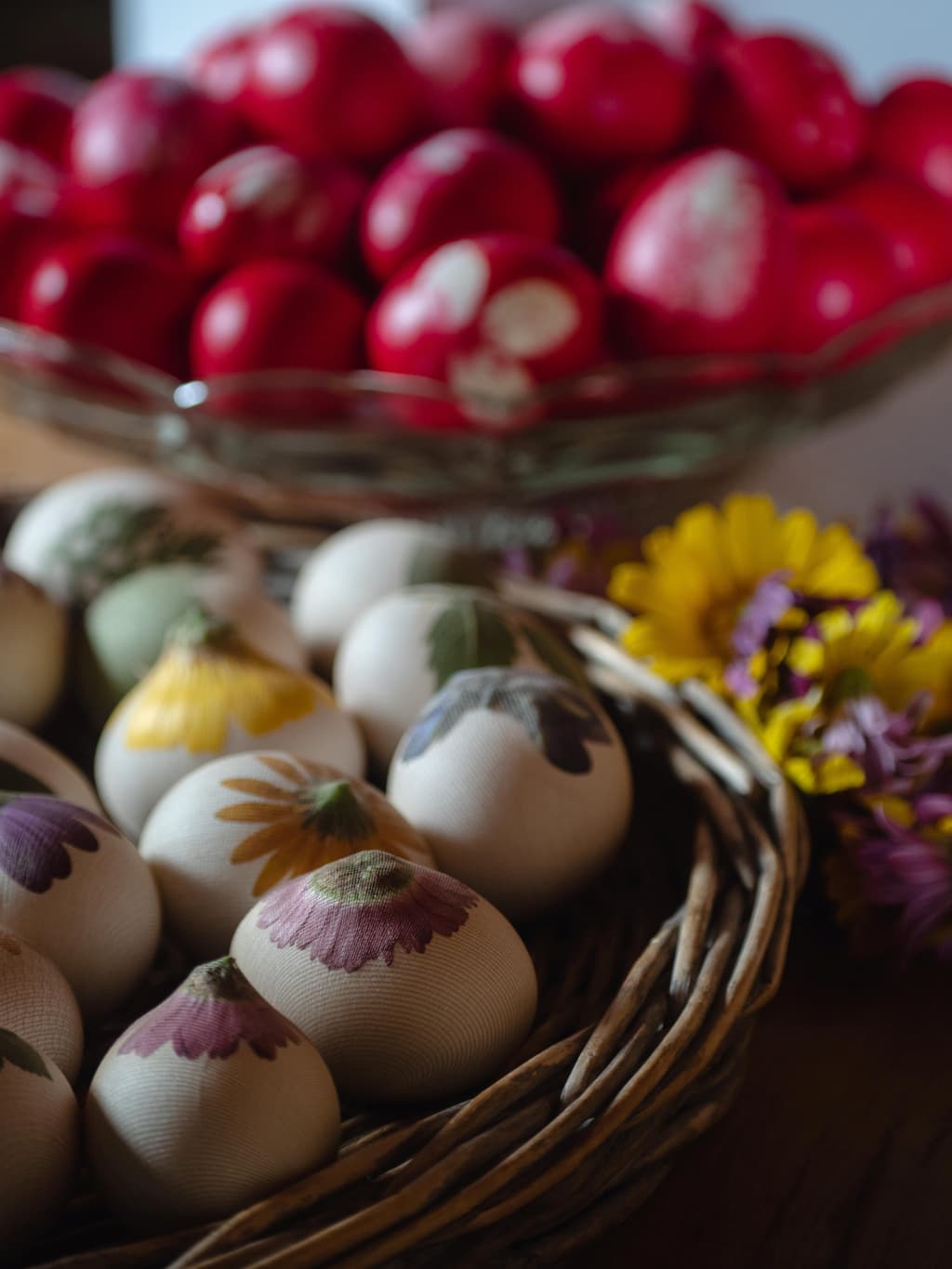
Easter Eggs
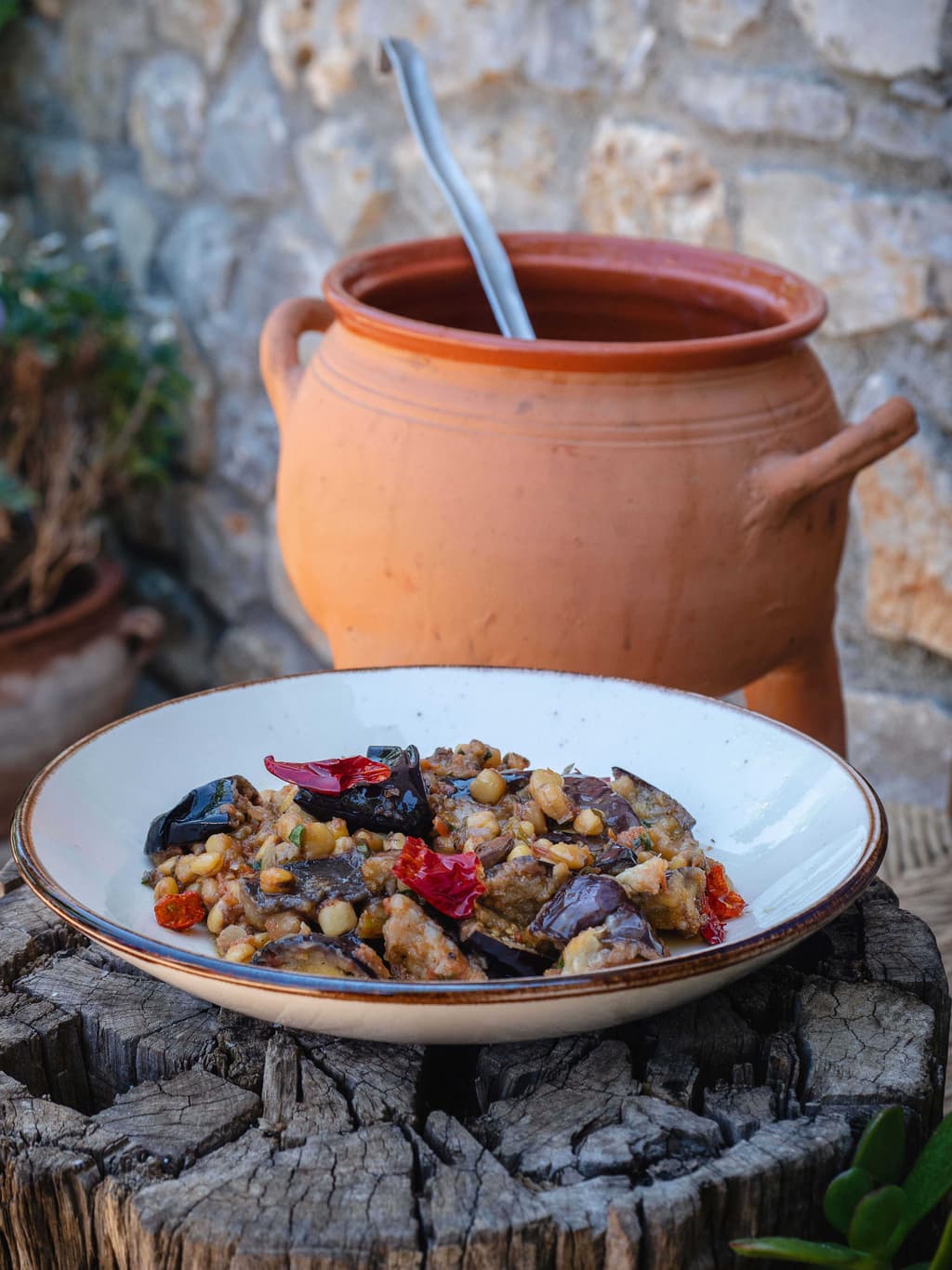
Kalikota
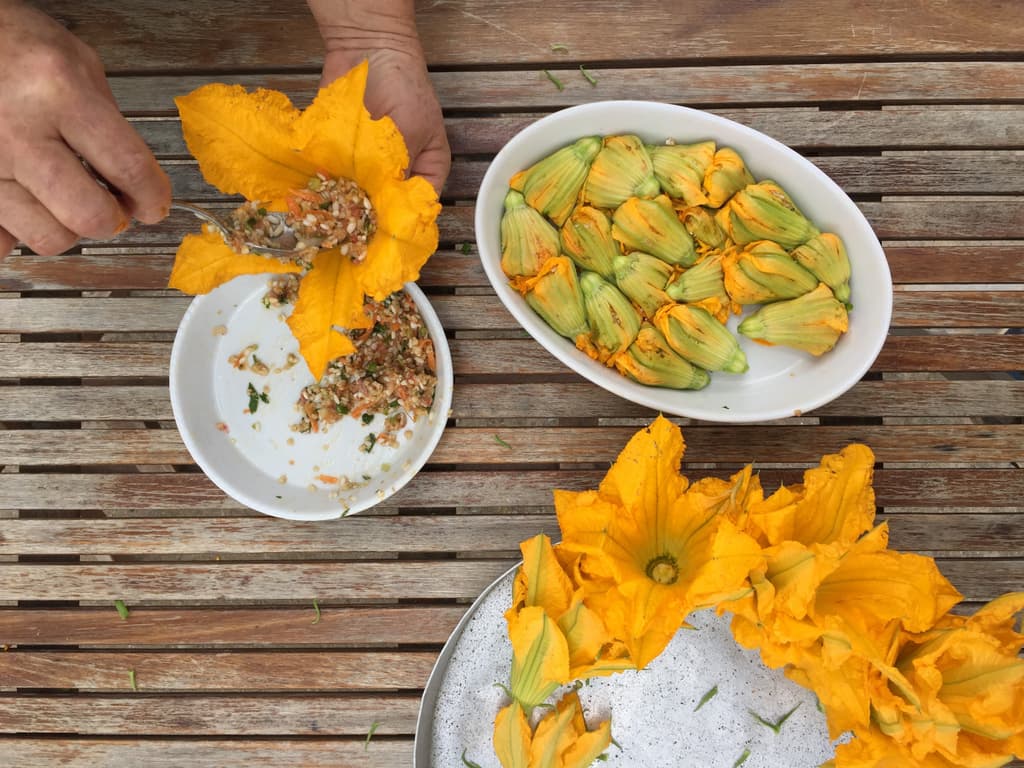
Stuffed Courgette Flowers
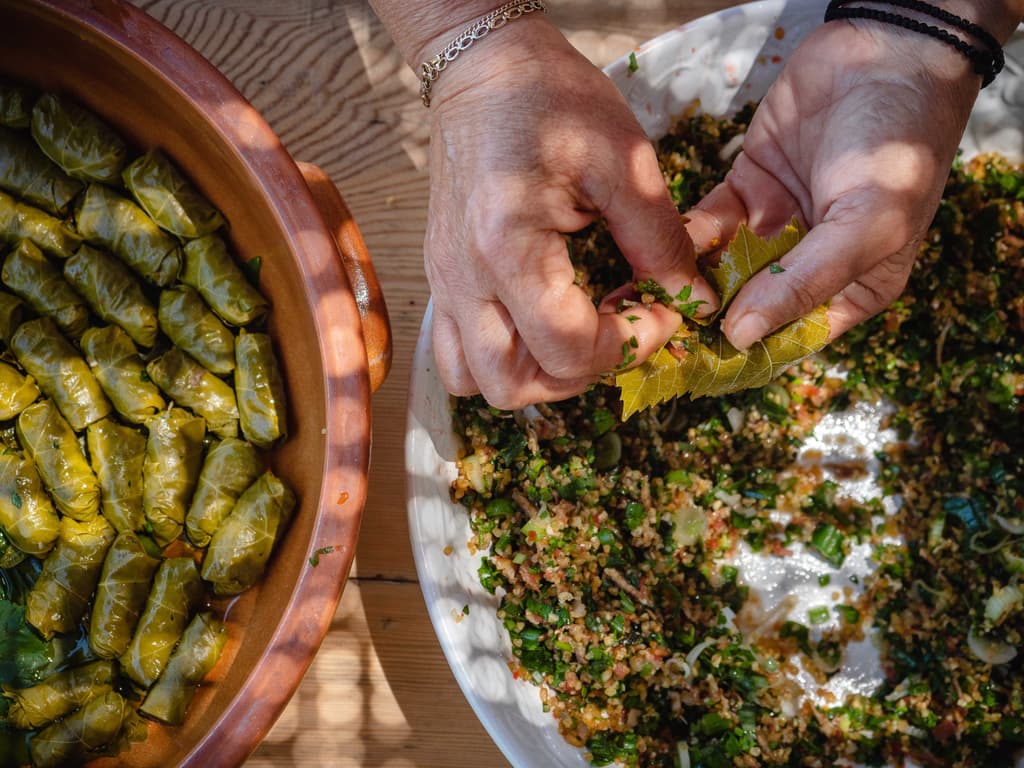
Stuffed Vine Leaves

Cracked Wheat and Snails
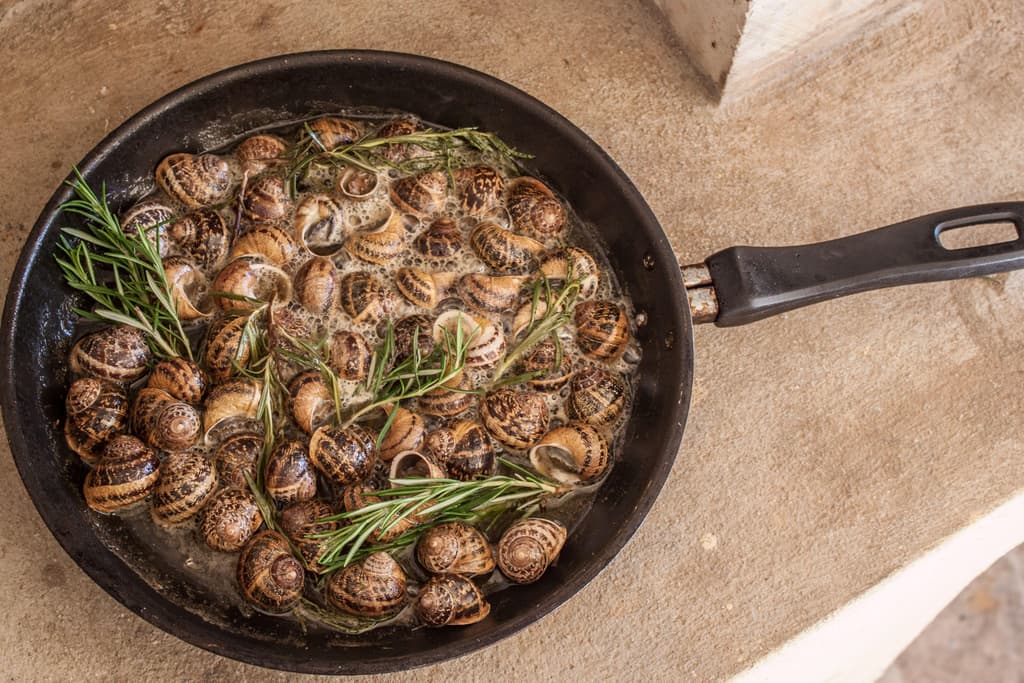
Chochli Boubouristi (Snails Face Down)
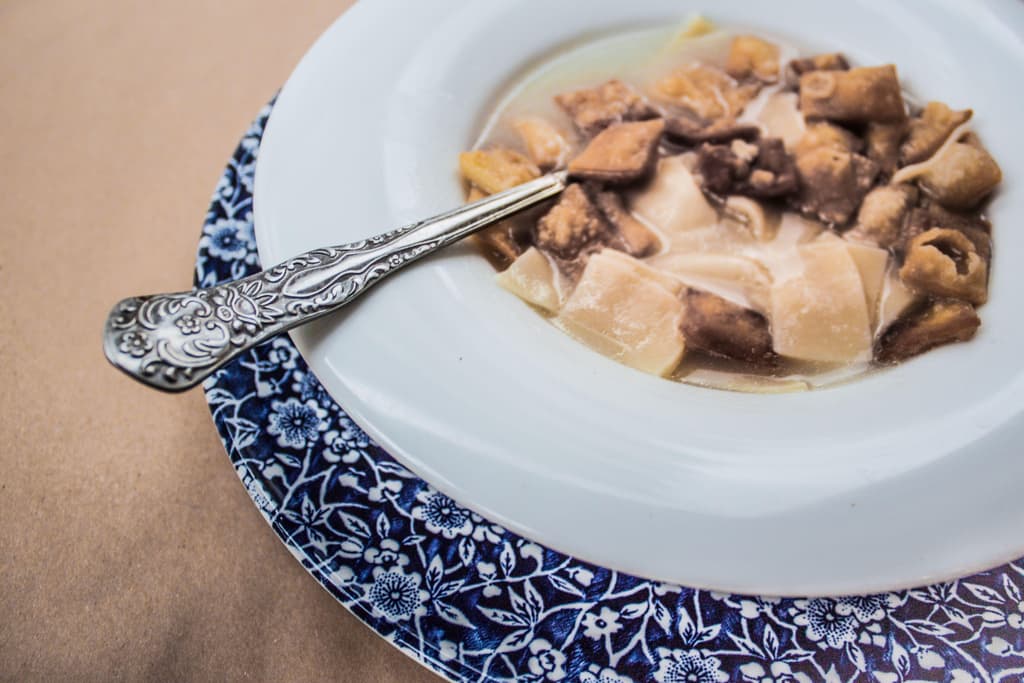
Mangiri
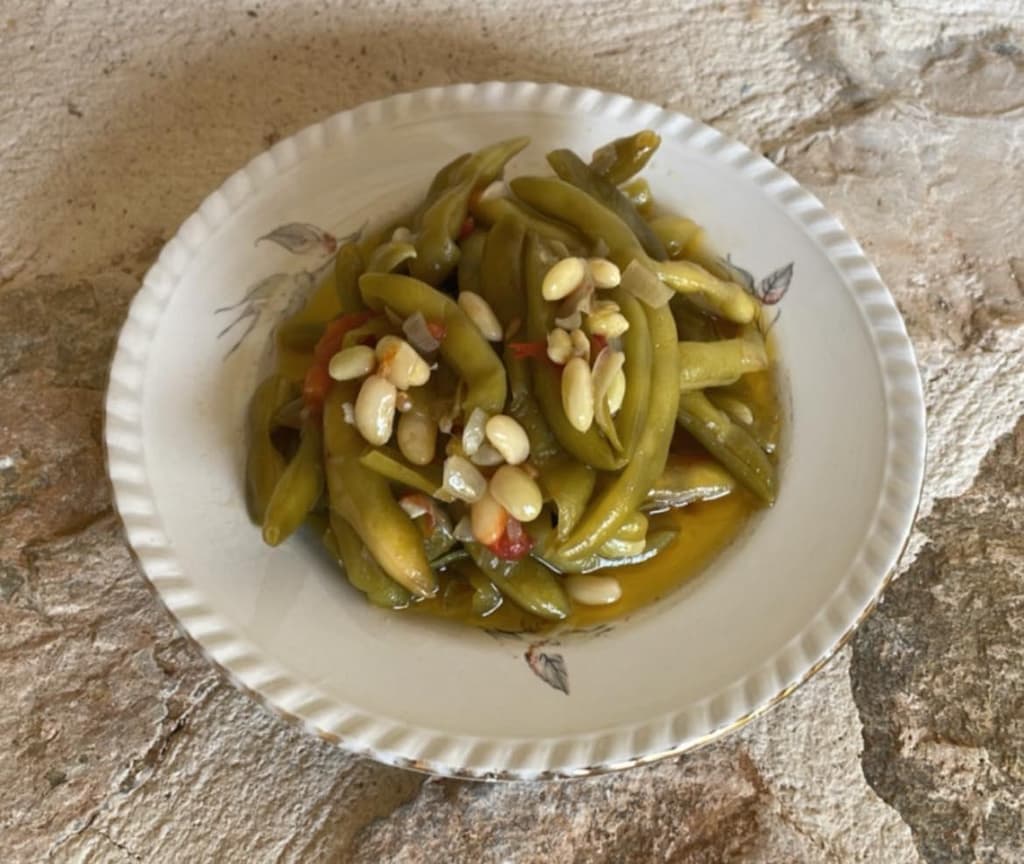
Symian Bean
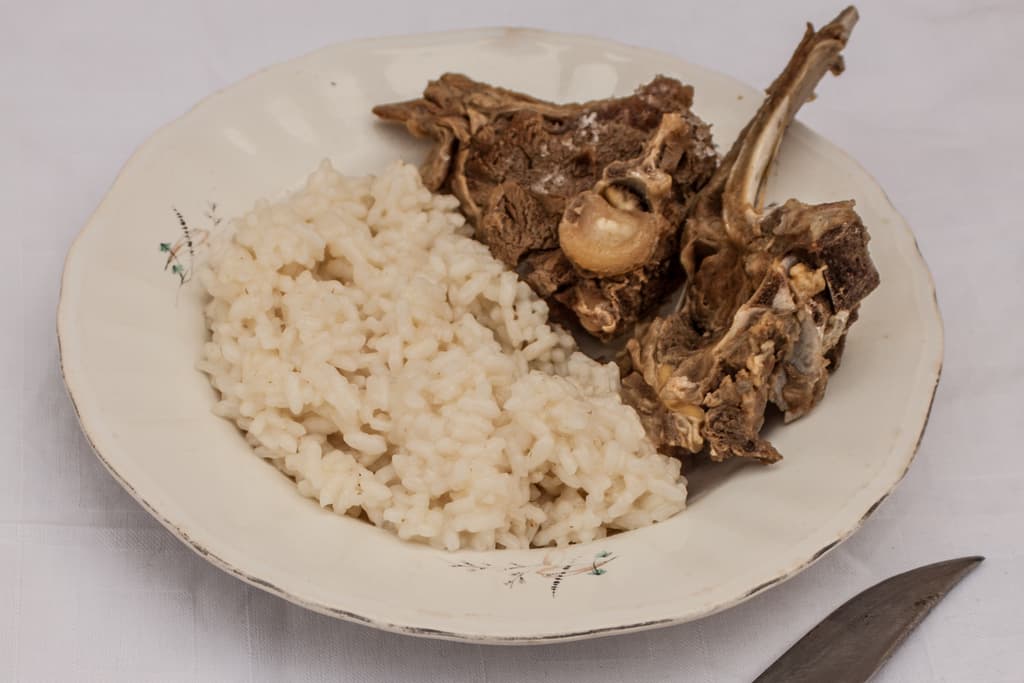
Cretan Pilaf
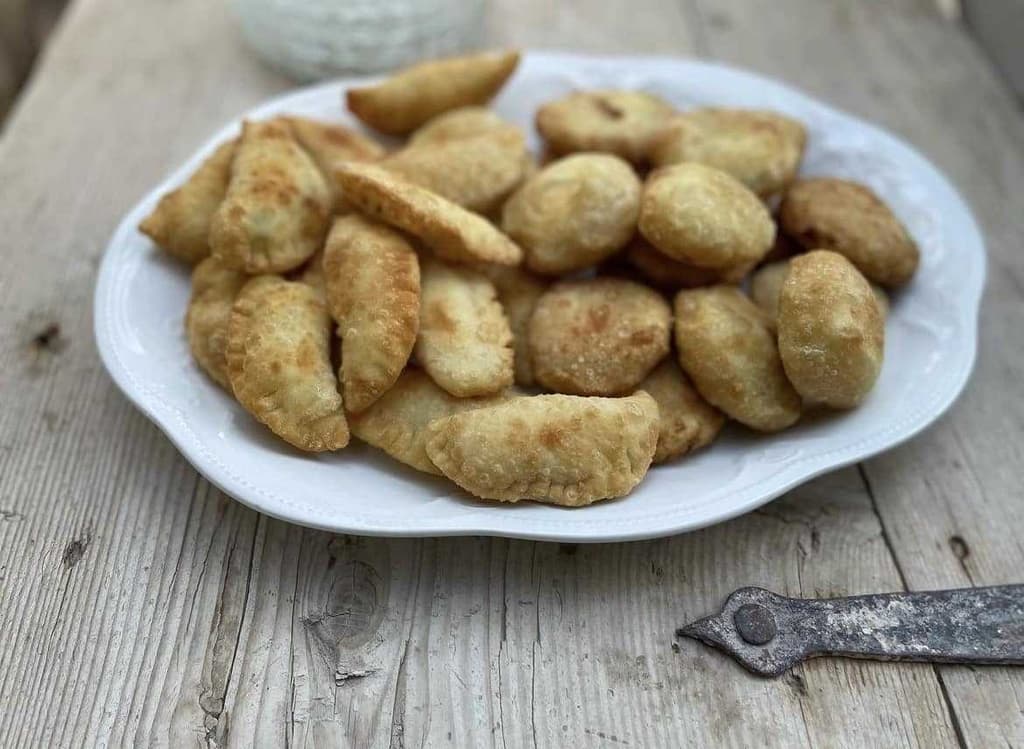
Rethymno Water Pies
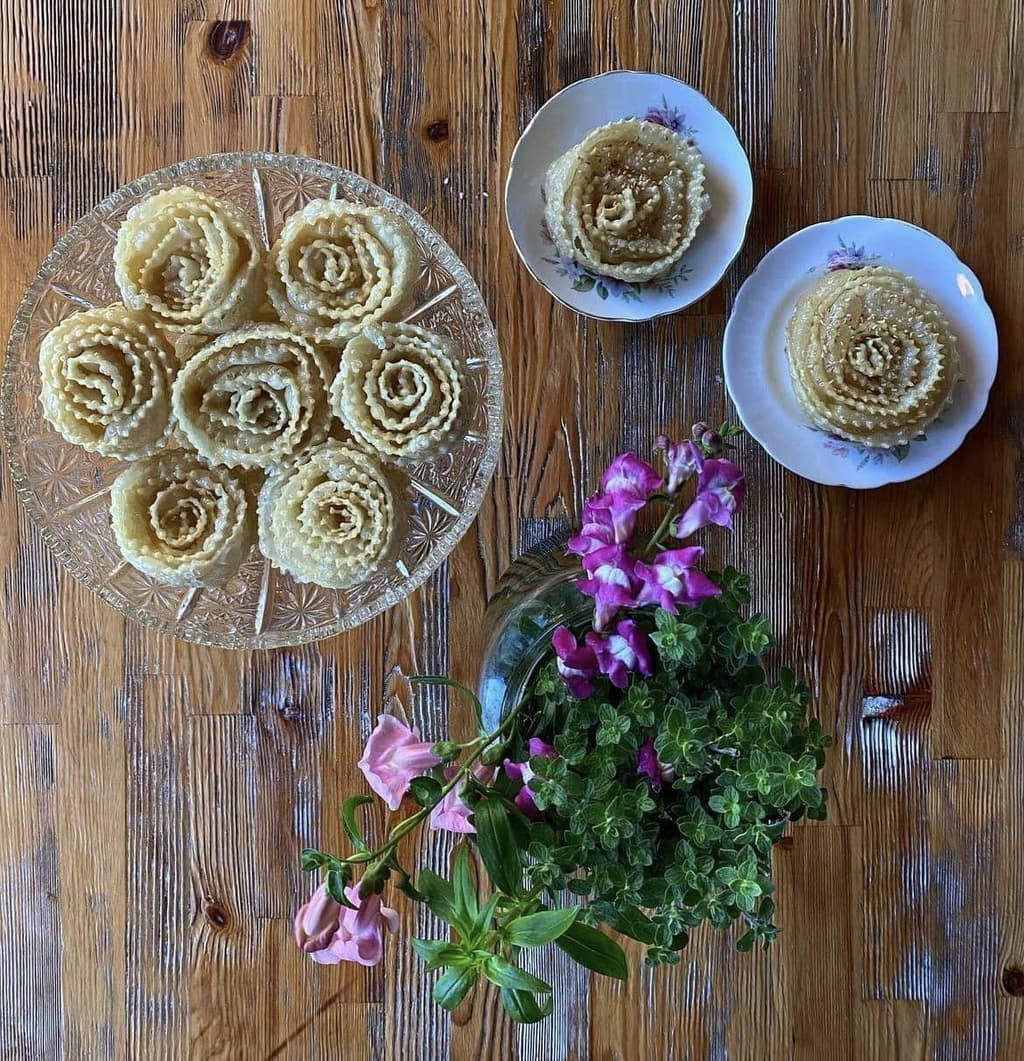
Xerotigana
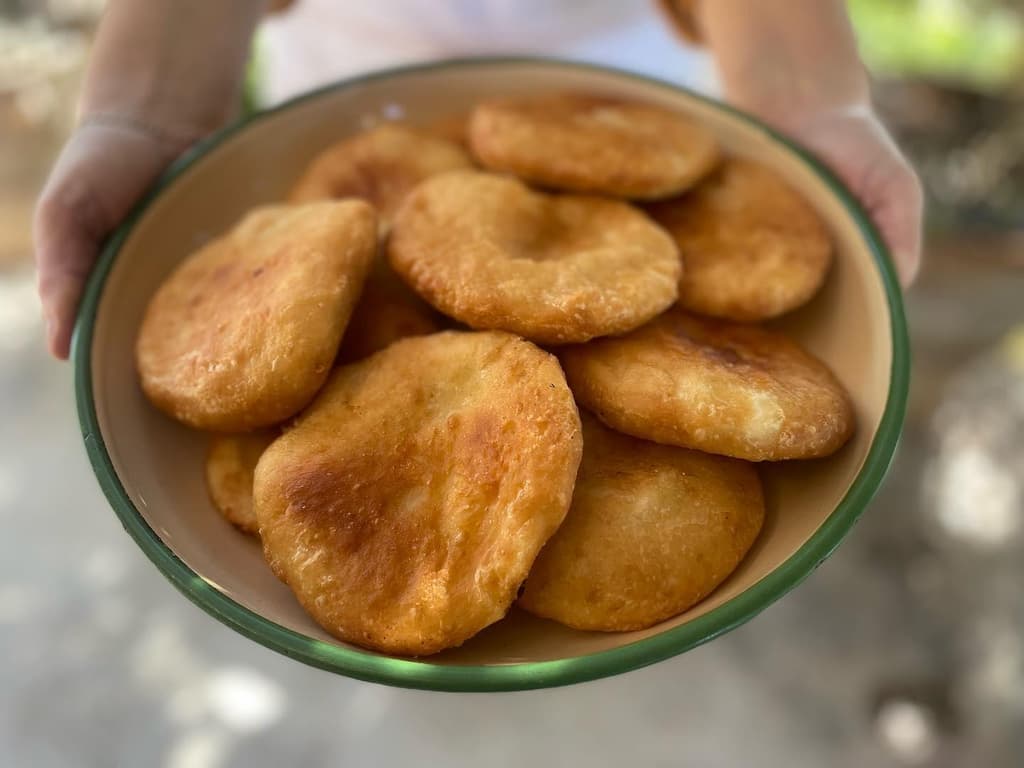
Agnopites
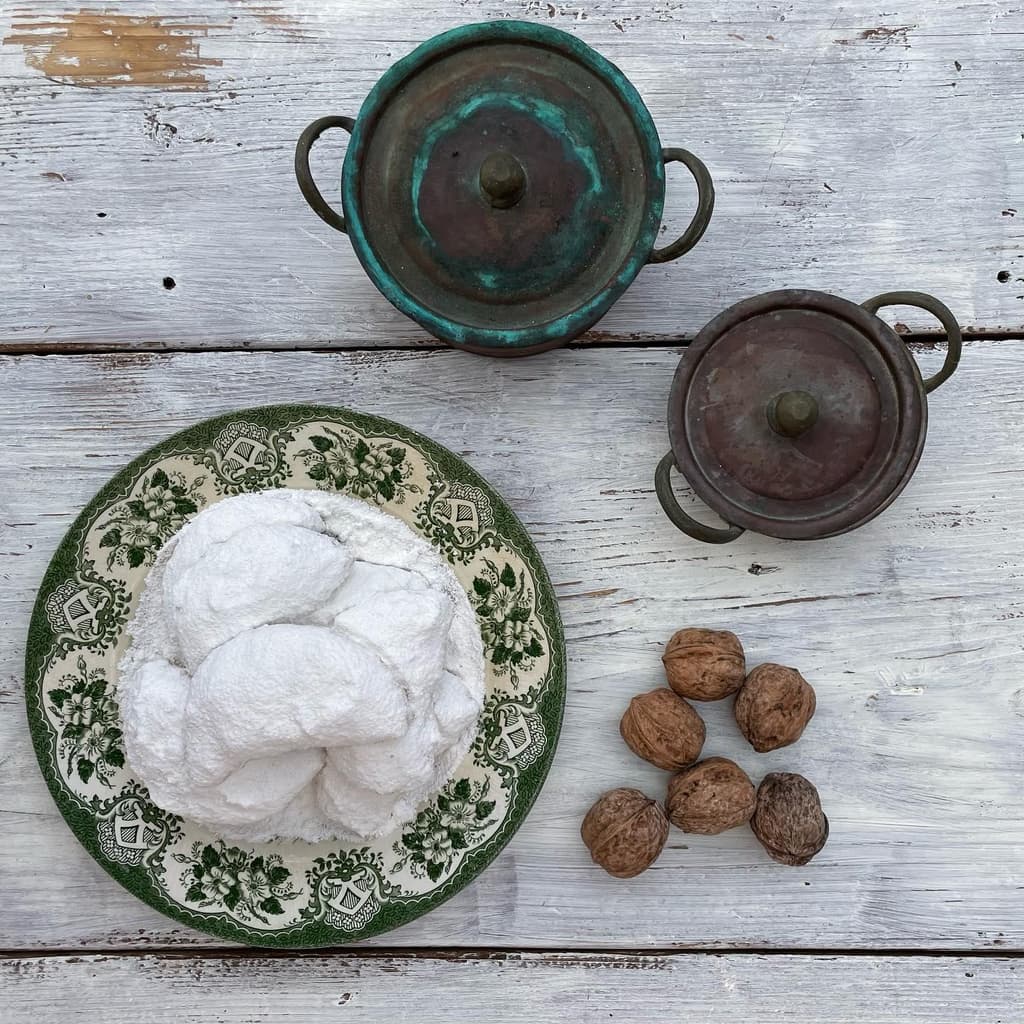
Patoudo

Safidota

Kakavia (Fish Soup)
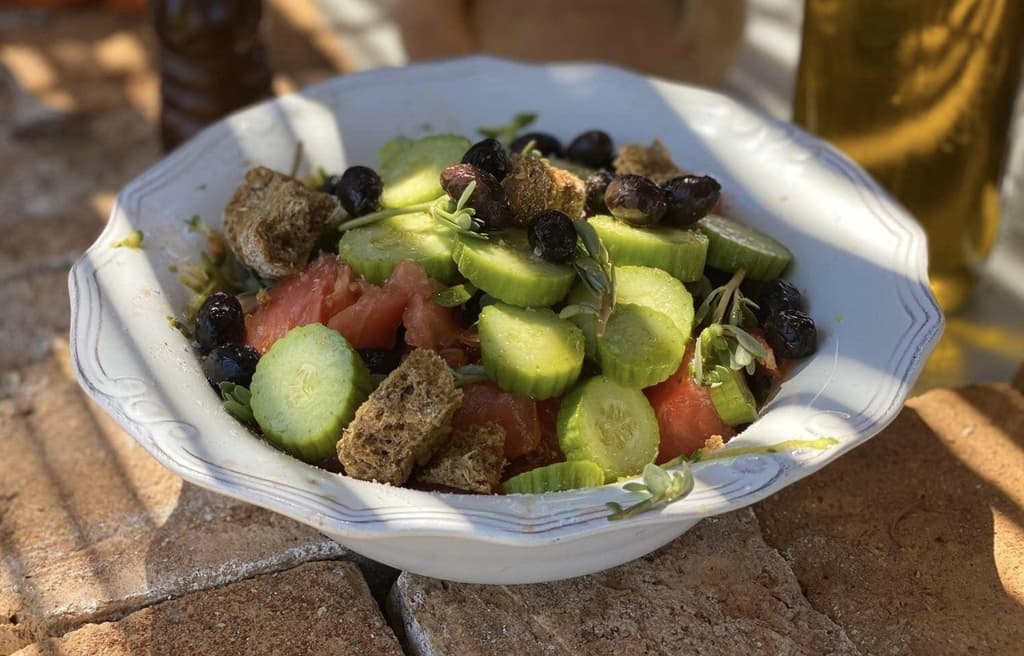
Cretan Greek salad
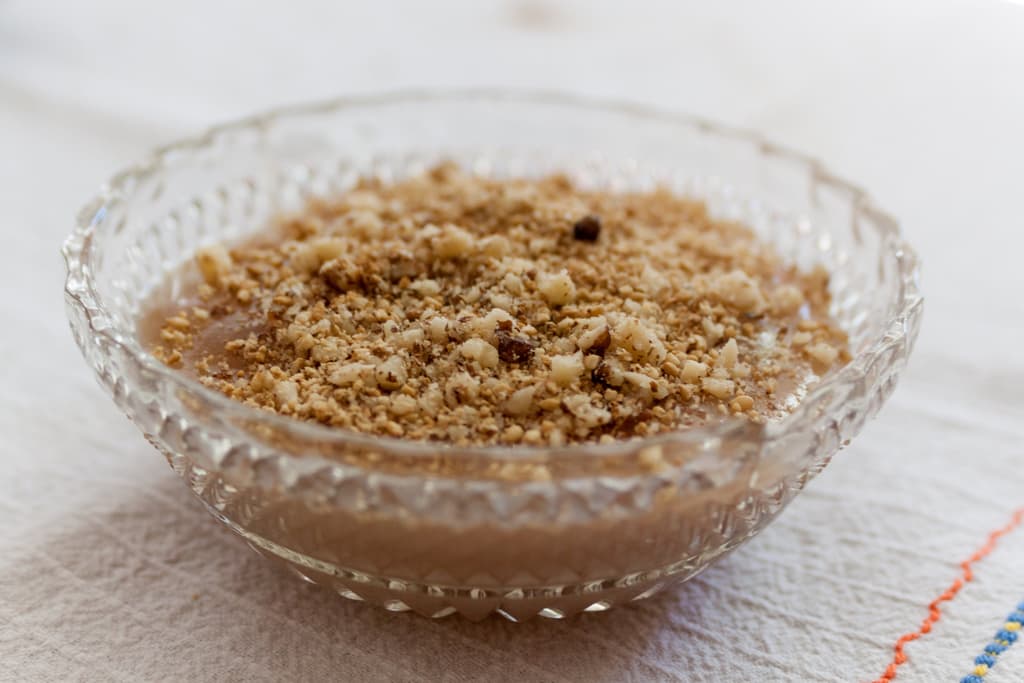
The Sweet Bounty of the Cretan Harvest
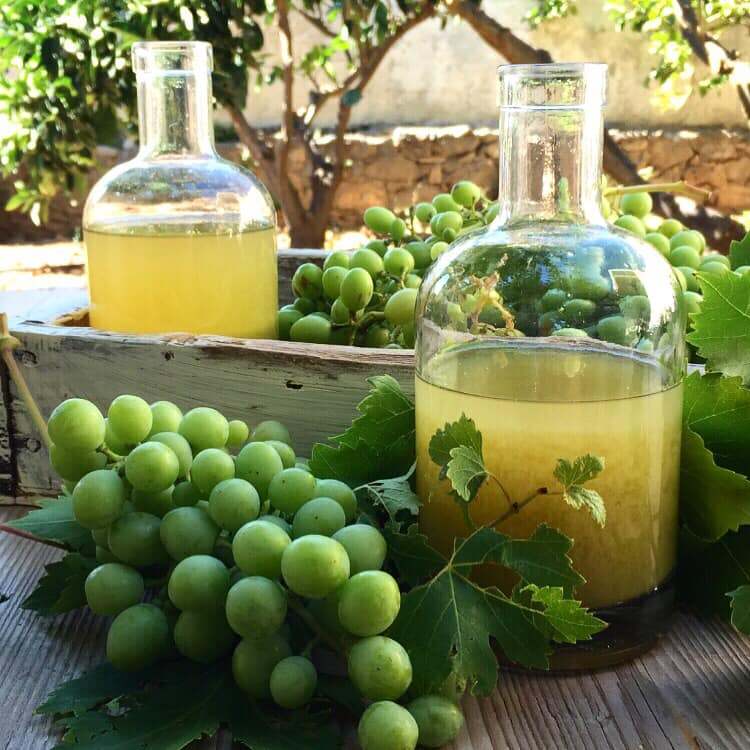
Okra and Unripe Grape
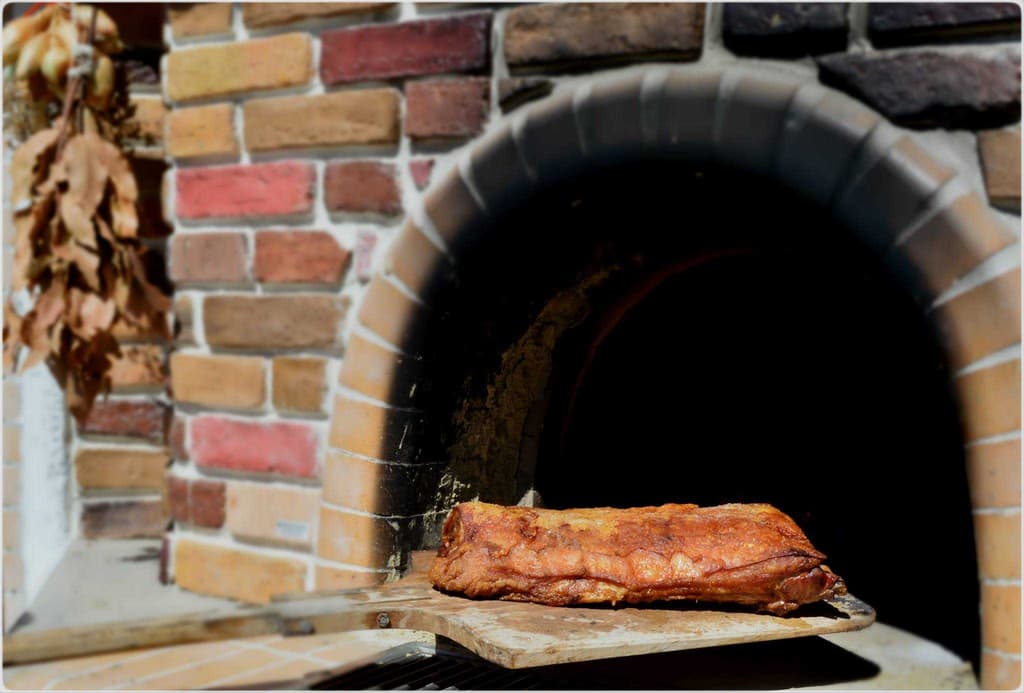
Kapriko
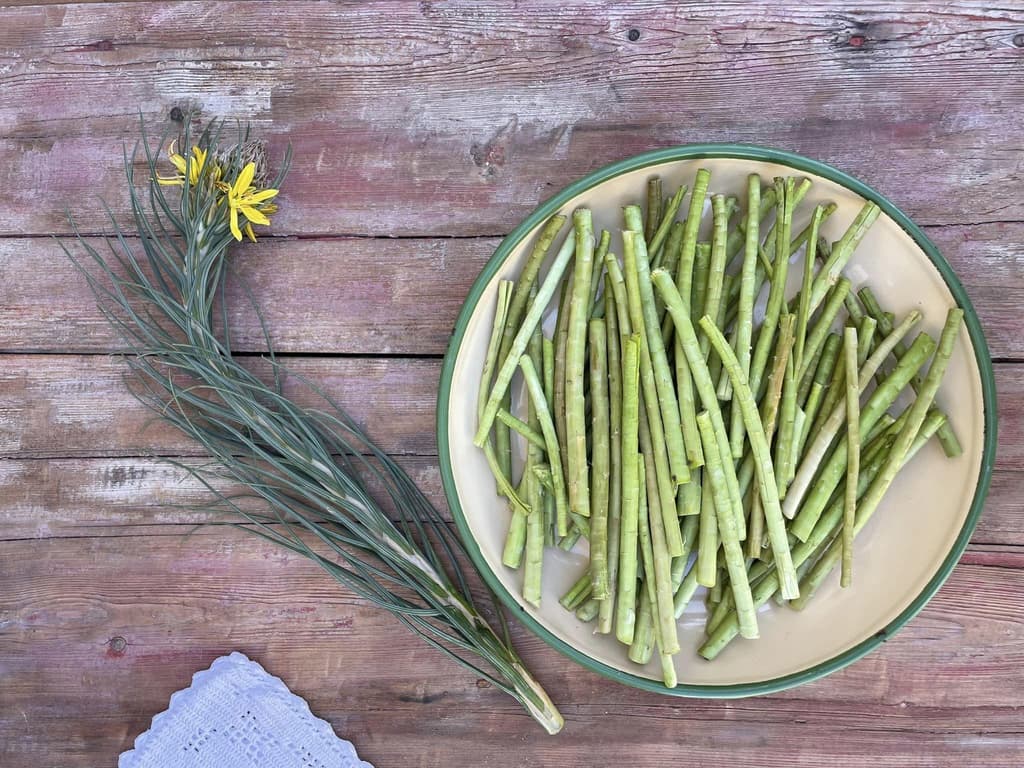
Discovering and Cooking Asphodelaceae: A Taste of Local Cuisine
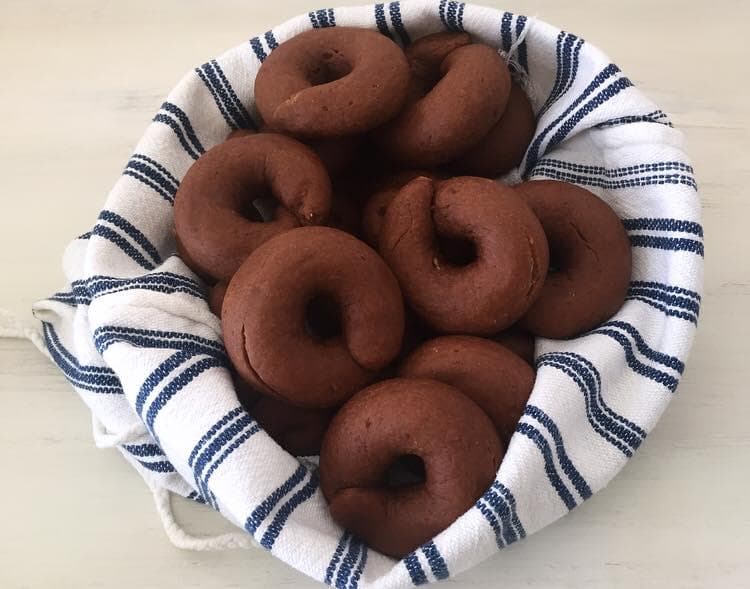
Moustokouloura
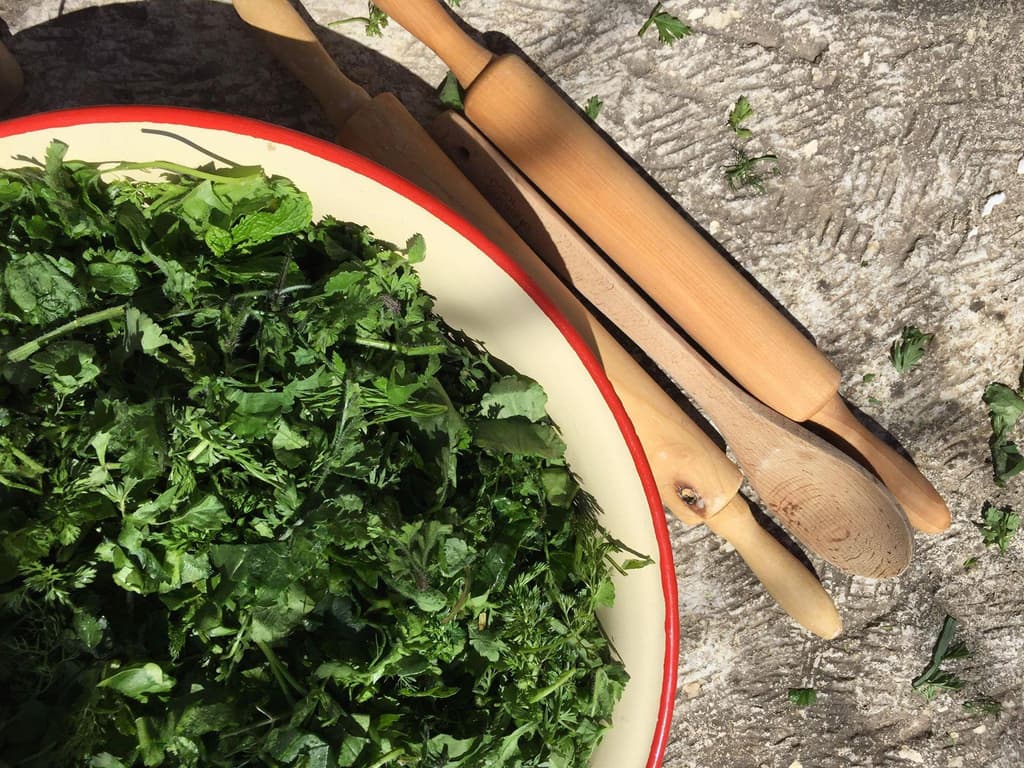
Pie with 'Yachnera' Greens: Baked to Perfection

Pumpkin Stifado
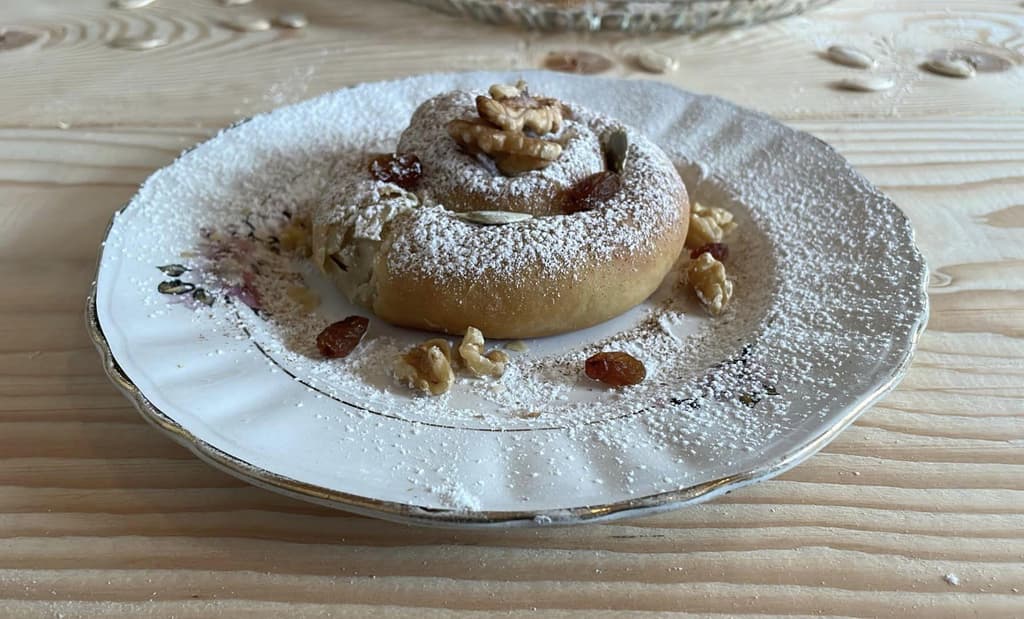
Sweet Pumpkin Pies with Raki Leaves (Oven)
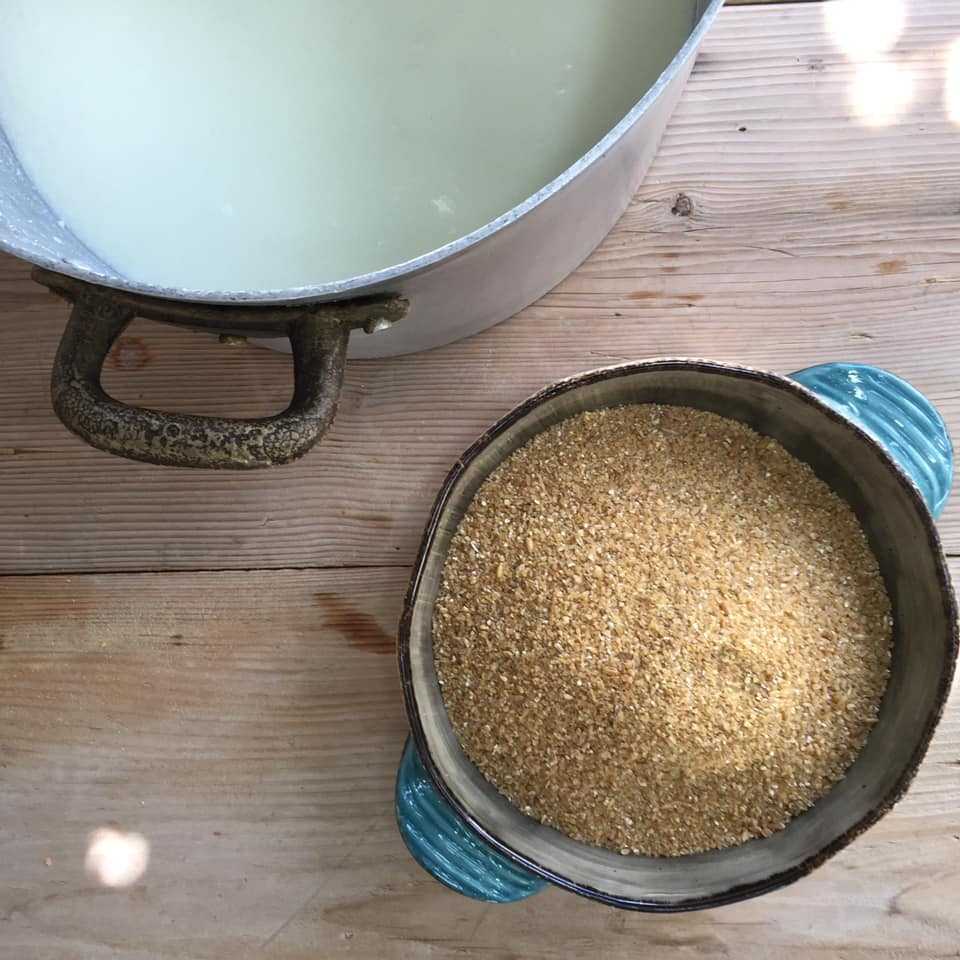
Xinochondros: Sour Bulgur Pasta
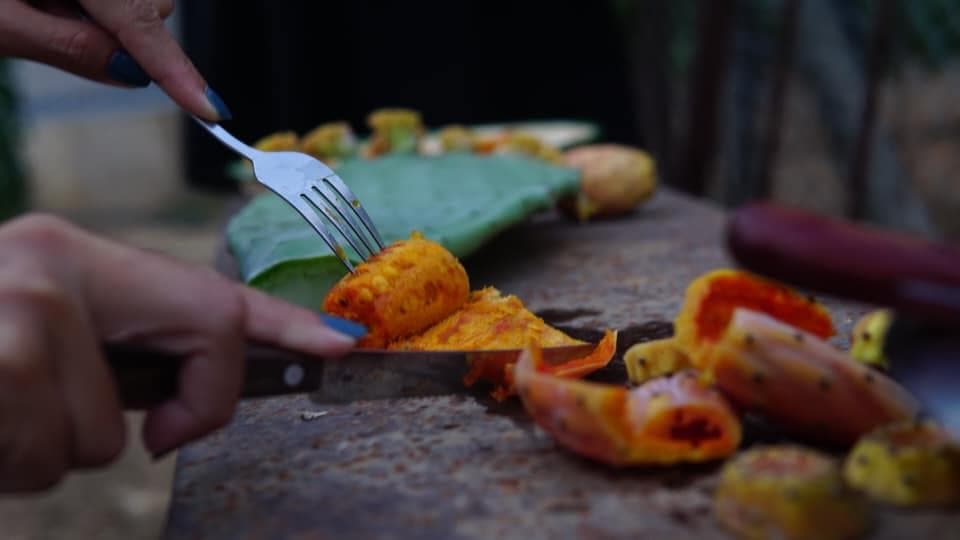
Prickly Pear or Indian Fig
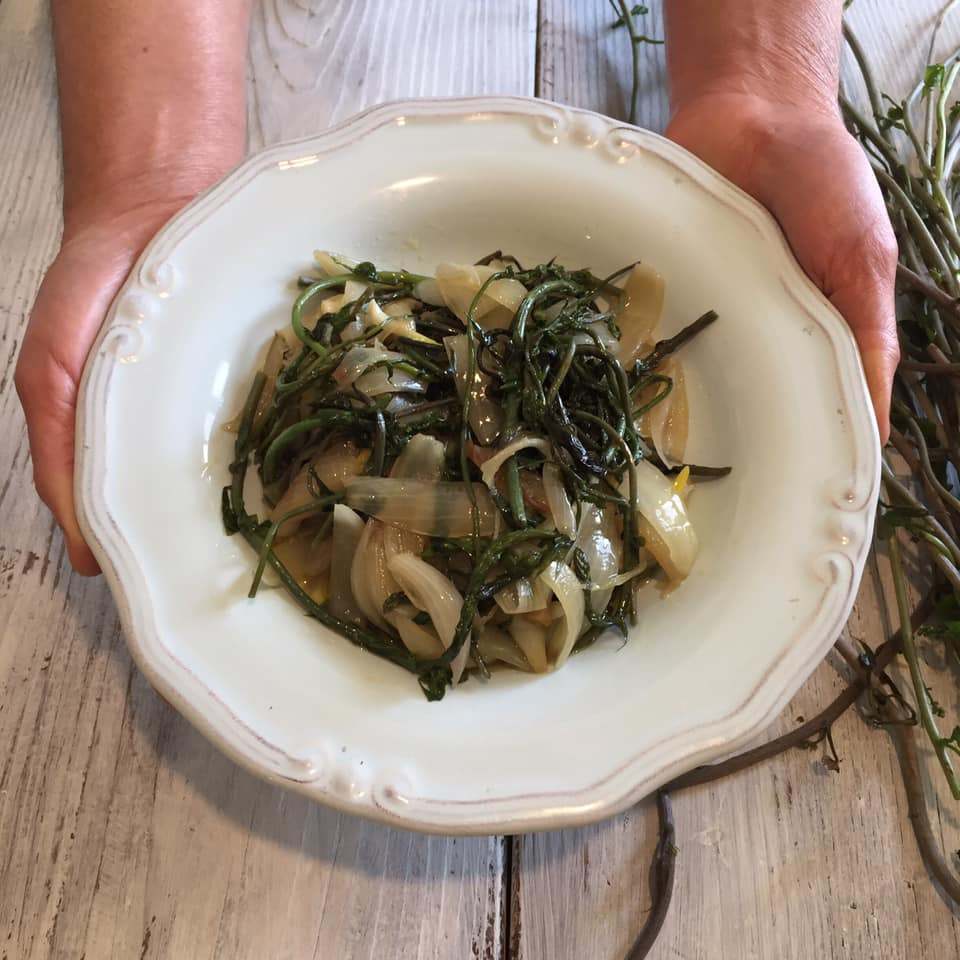
Black Bryony

Tahini Soup without Oil
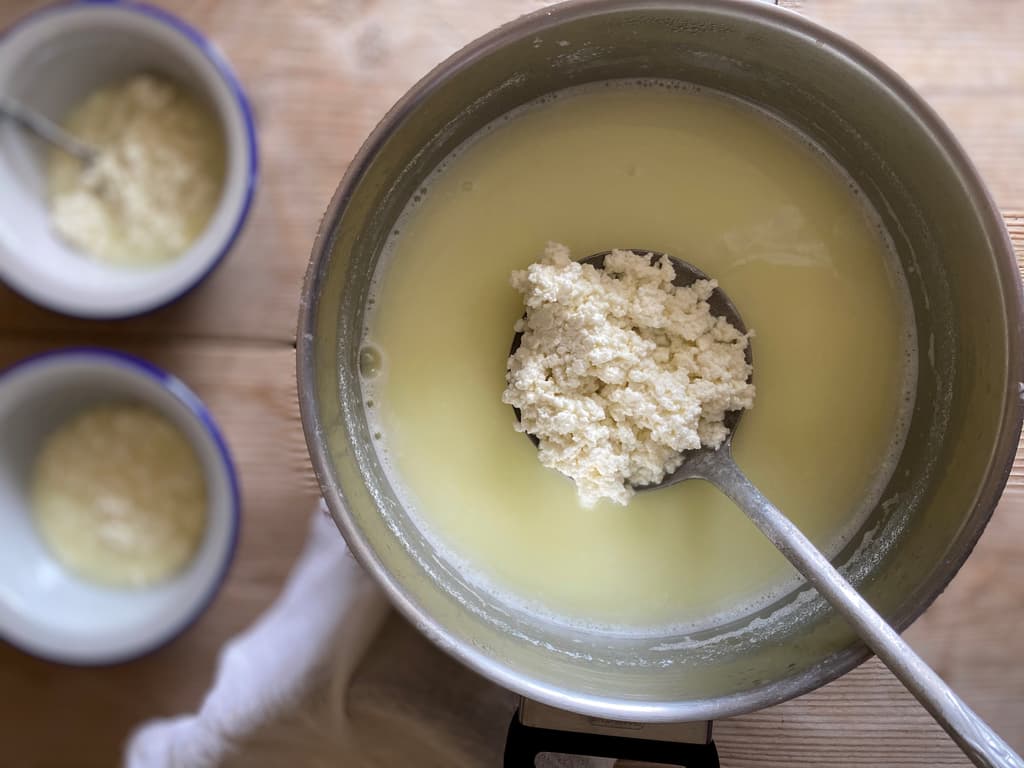
Tyrozouli or Cretan Home Cheese
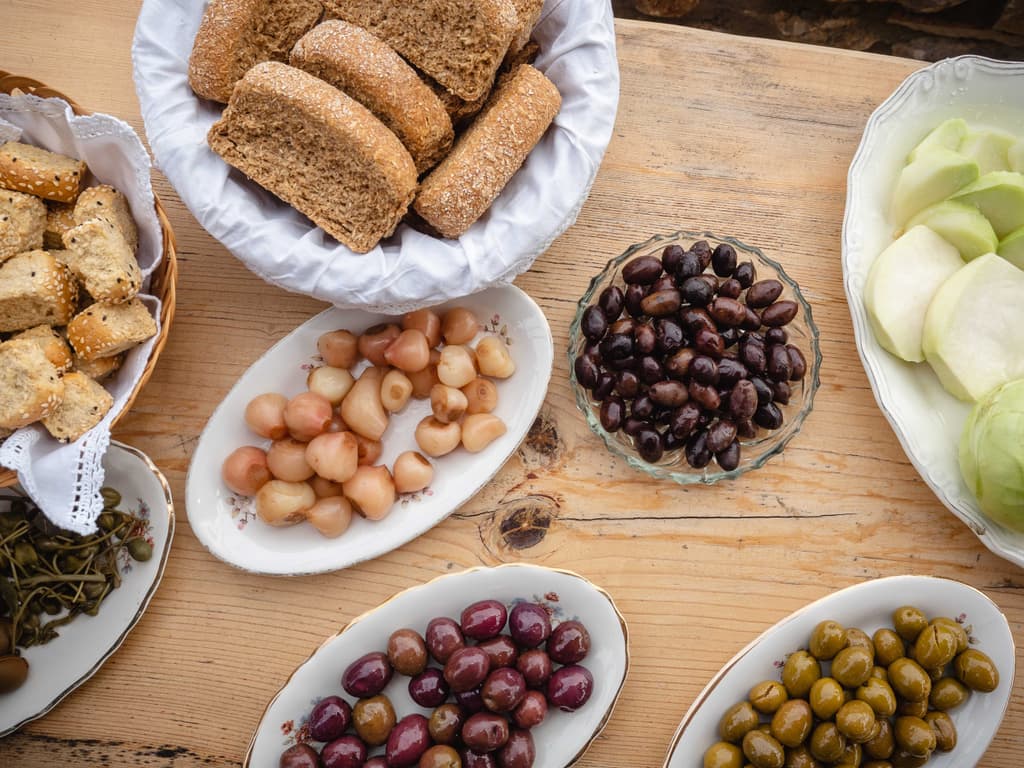
Pickled Tassel Hyacinth

Sourdough Dagoulakia
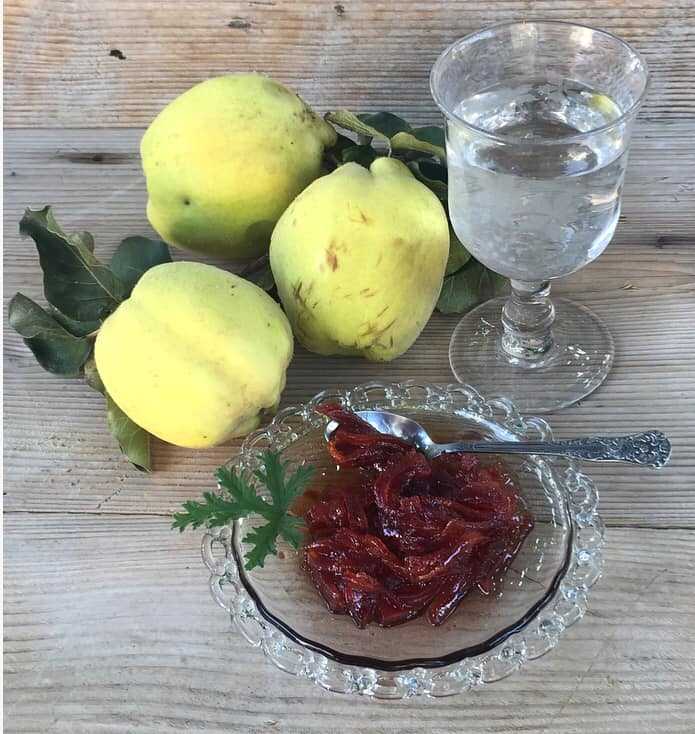
Quince Confection

Delicious Homemade Treat with Lemon Blossoms
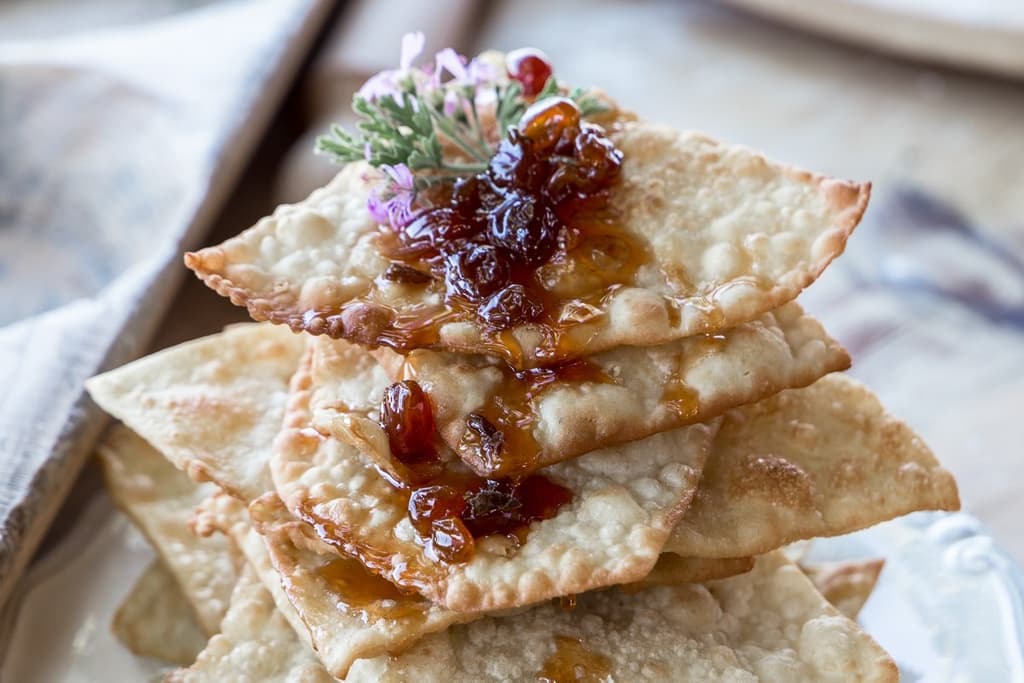
Tiganopites: Greek Fried Pies

Dietary Practices in 17th Century Crete
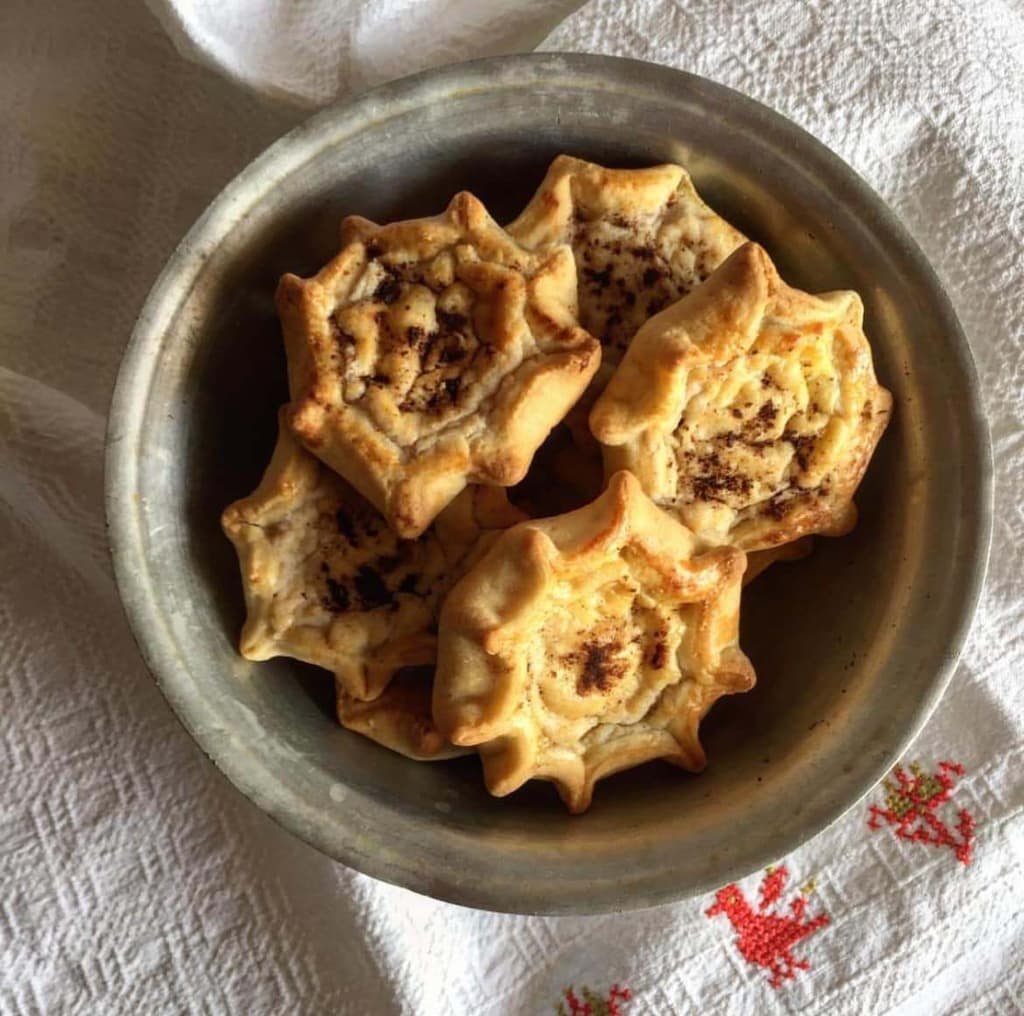
Lychnarakia
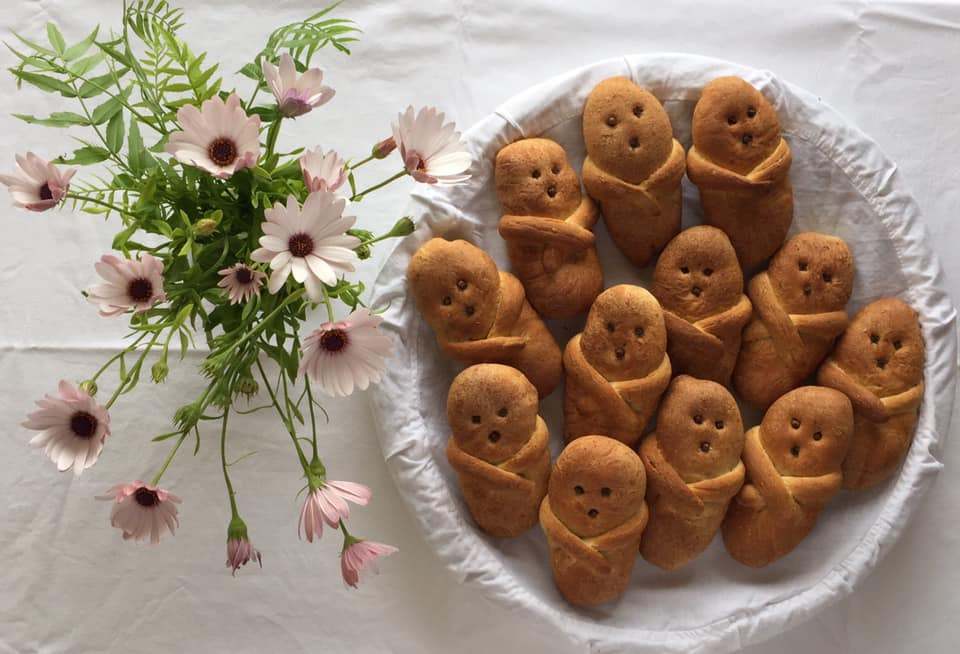
Lazarakia
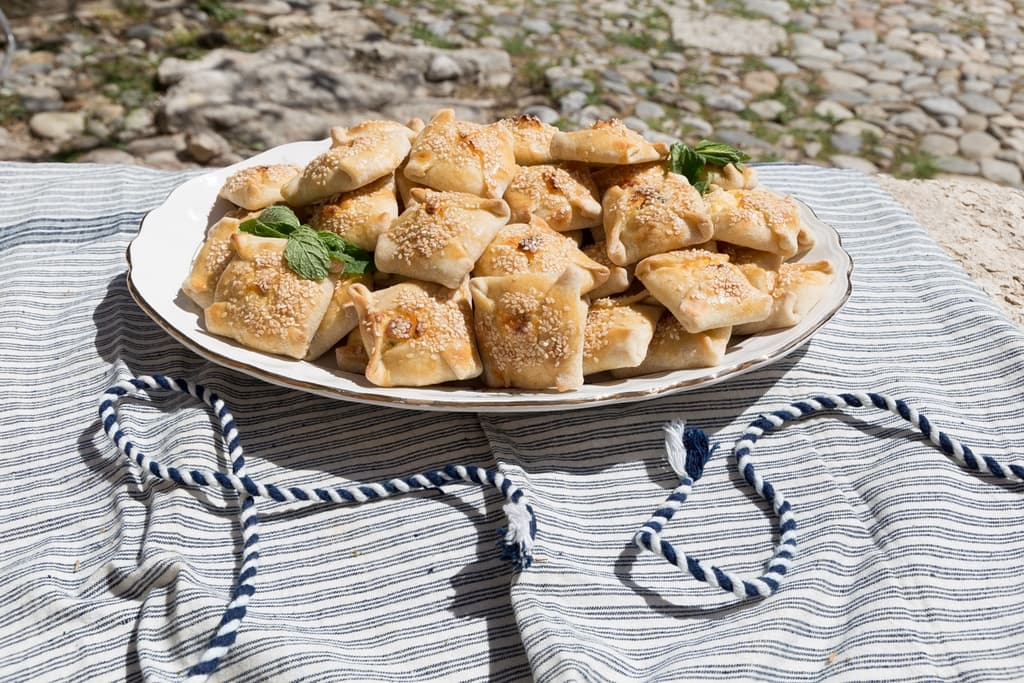
Kalitsounia from Chania
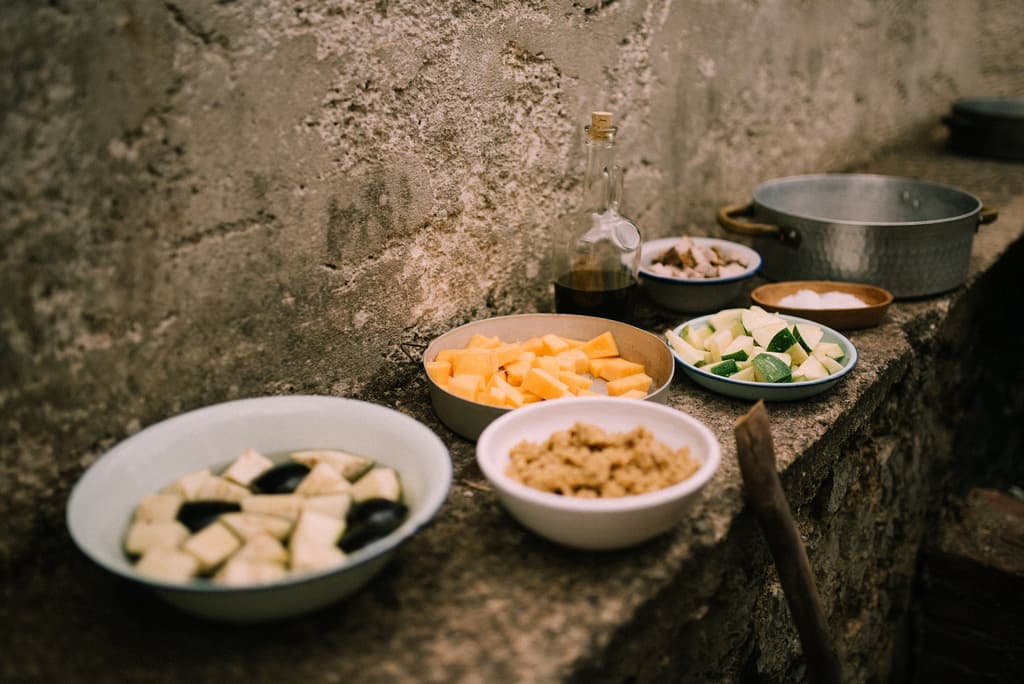
Apaki with Xinohondros and Vegetables
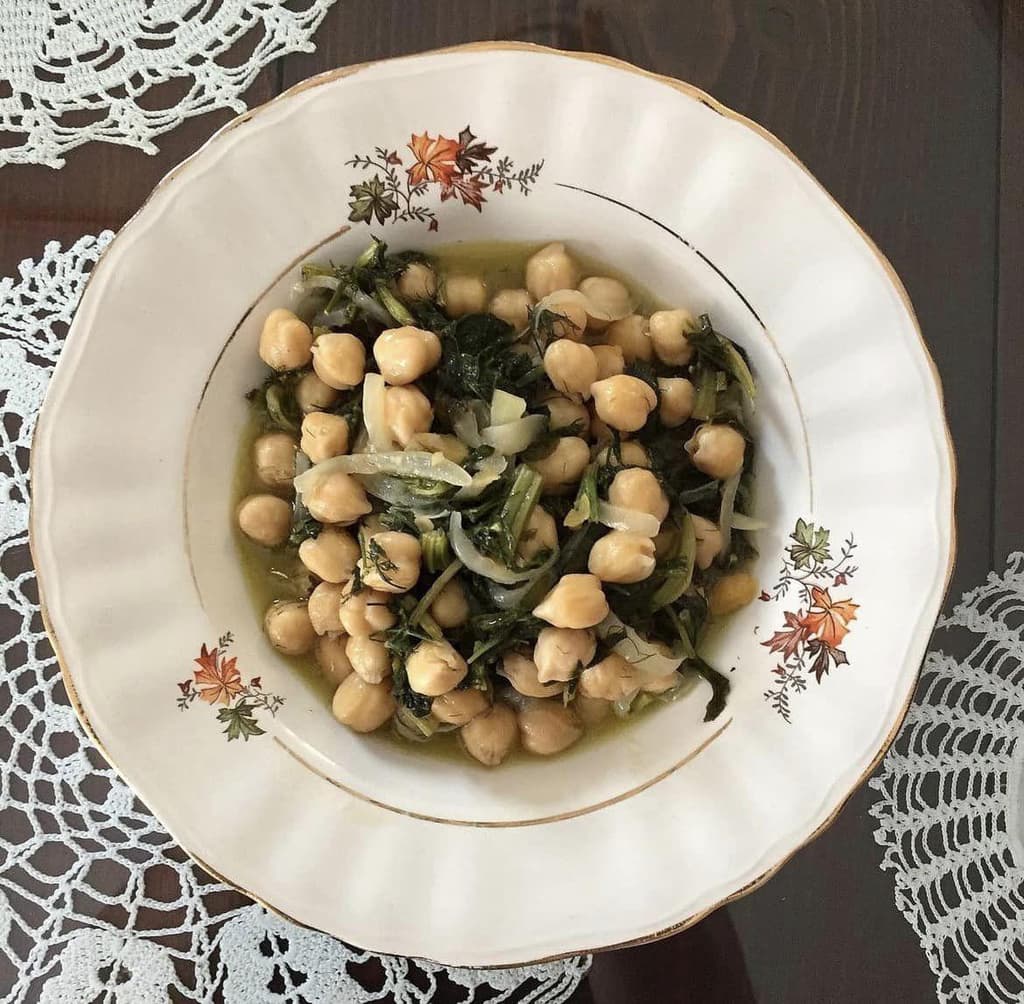
Chickpeas with Yachnera: A Delightful Dish
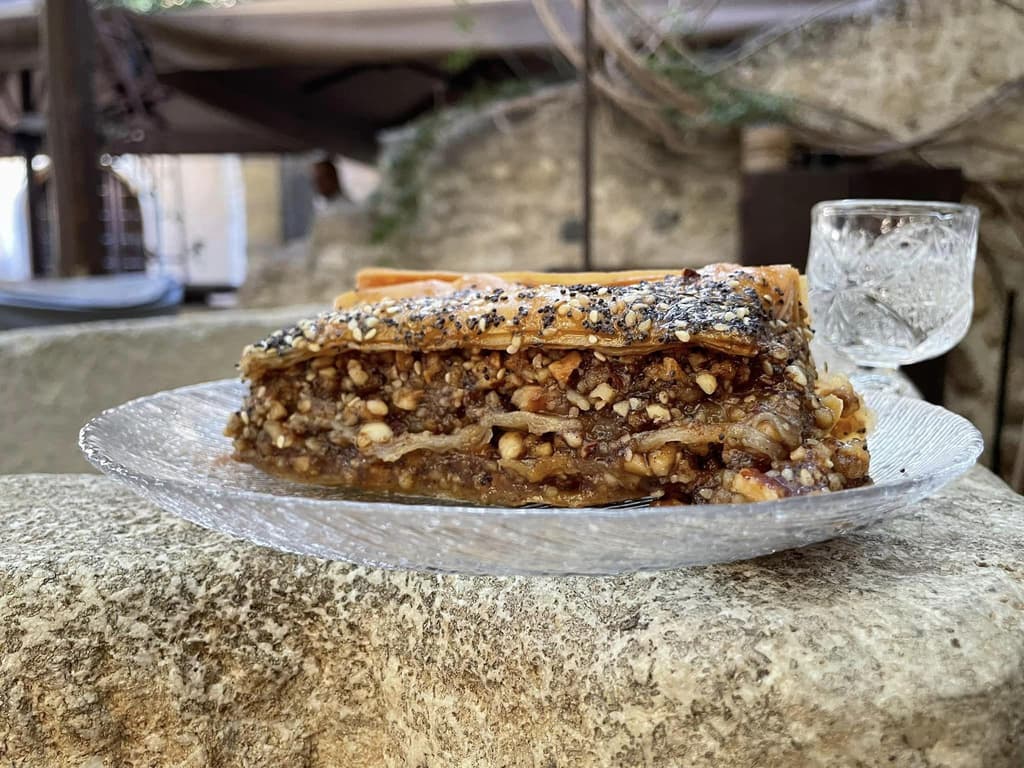
Gastrin
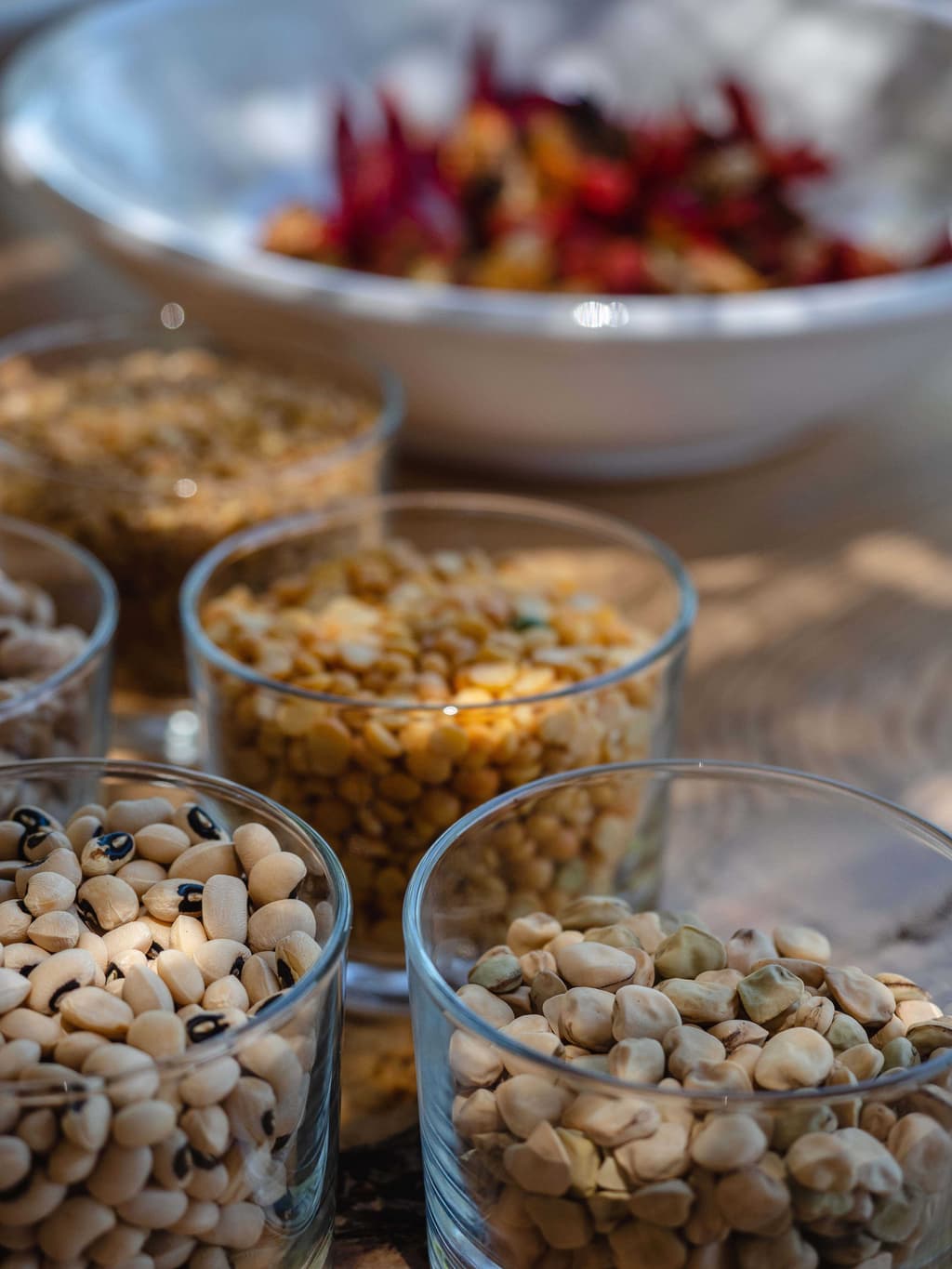
Fotokollyva
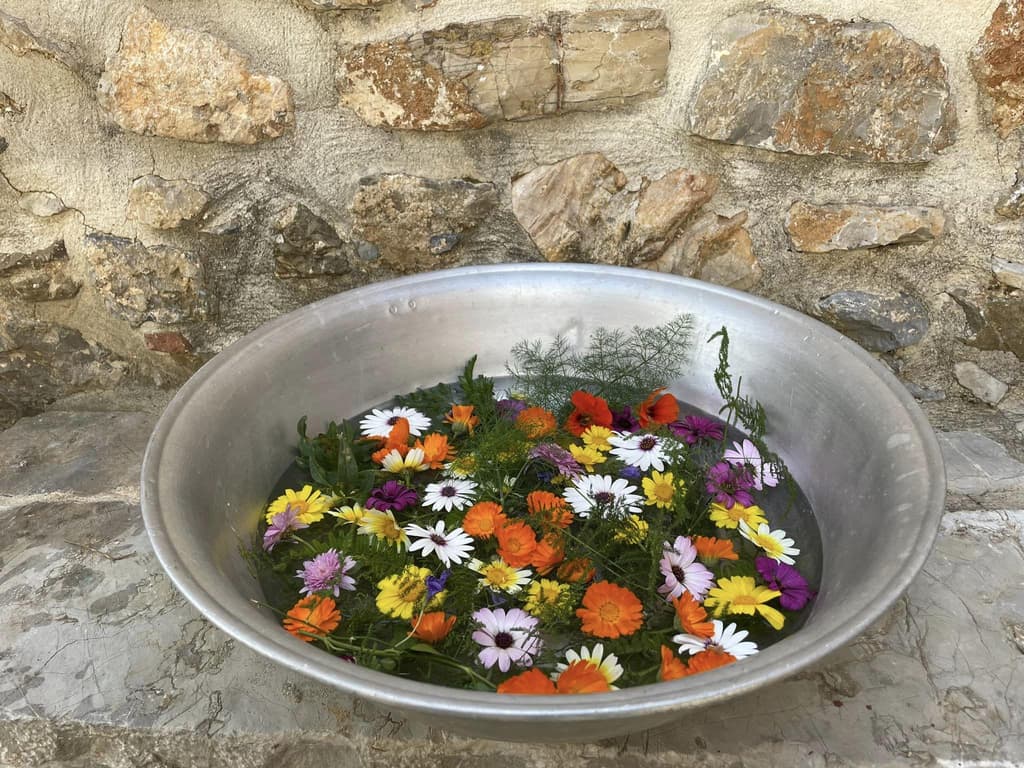
Dyeing Easter Eggs with Madder Root and Flower Blossoms
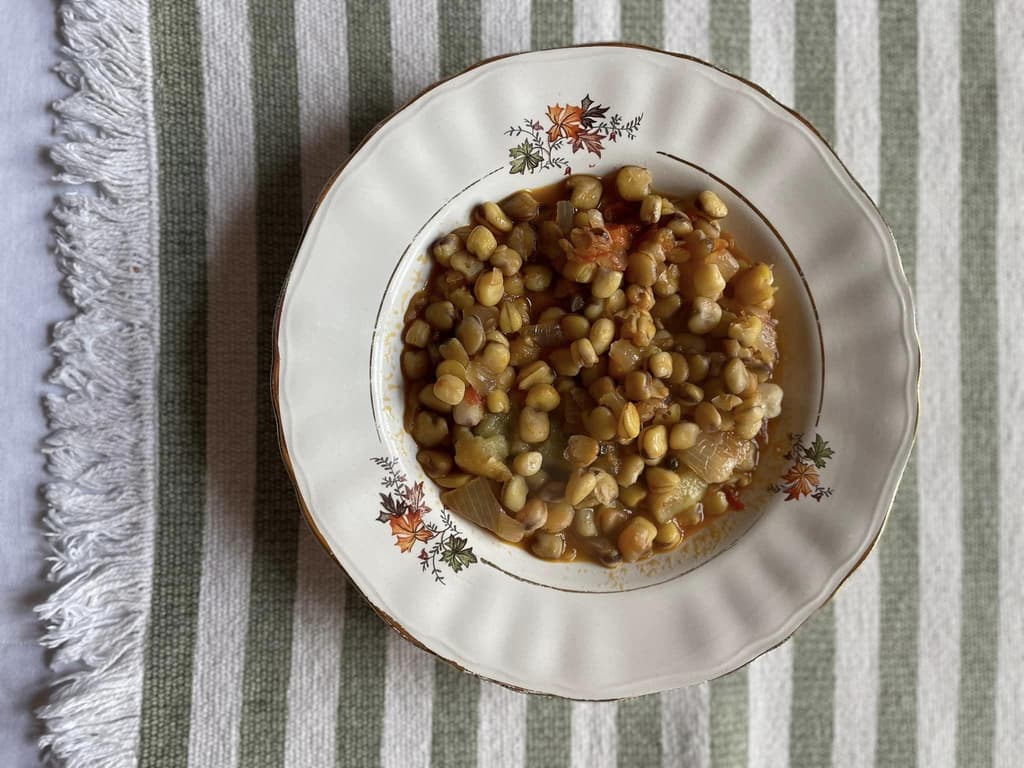
Biza or Manarolia Stew with Eggplants

Antikristo or "Ofto" Meat
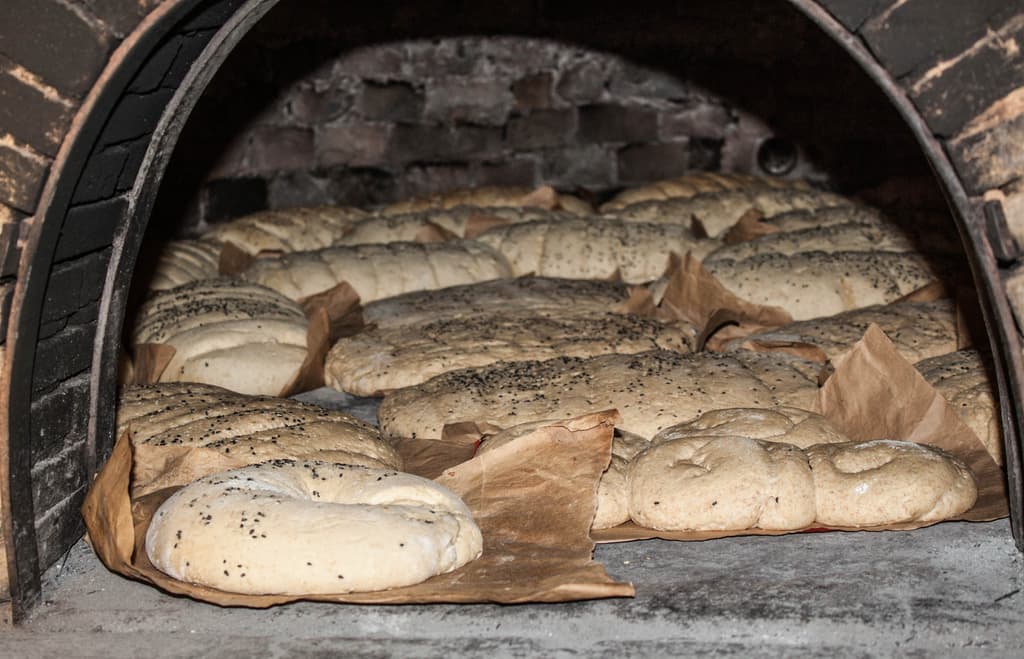
Eftazymo Bread
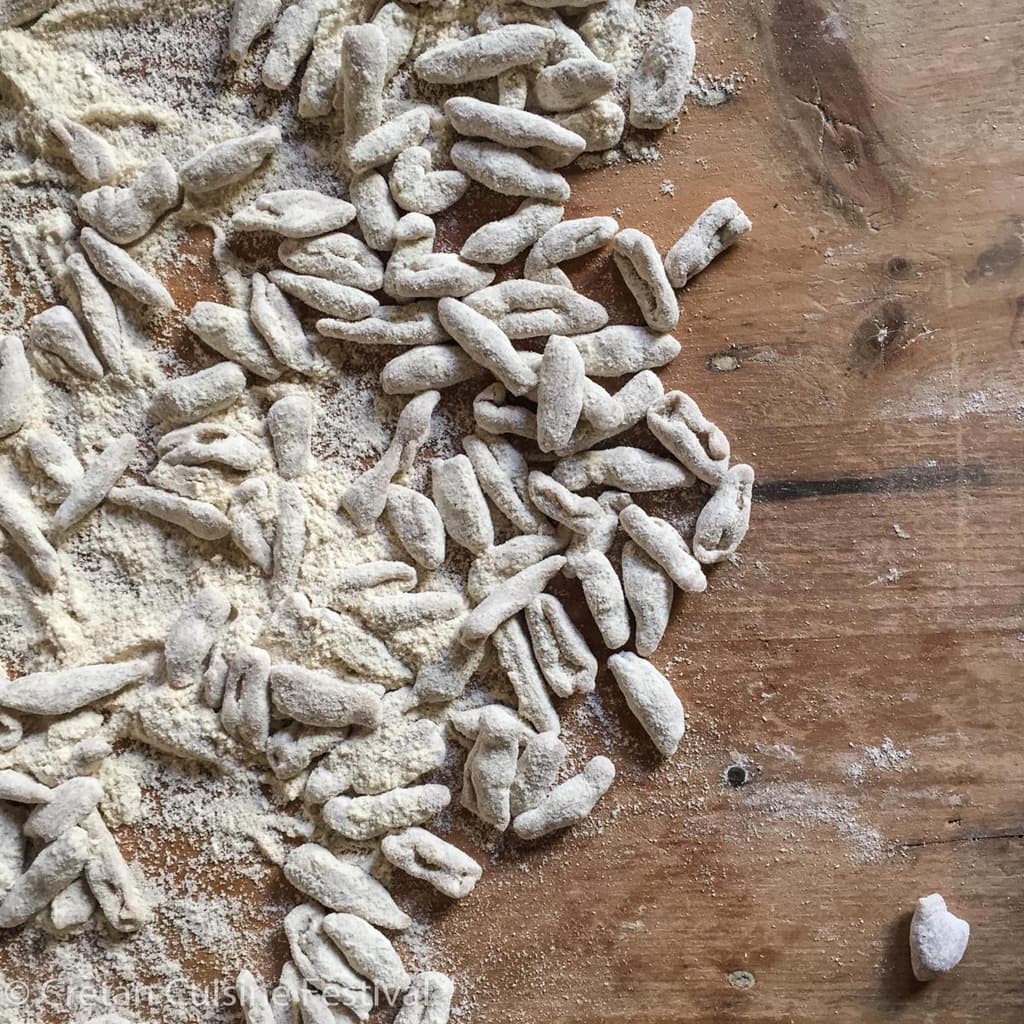
Skioufichta Macarounia
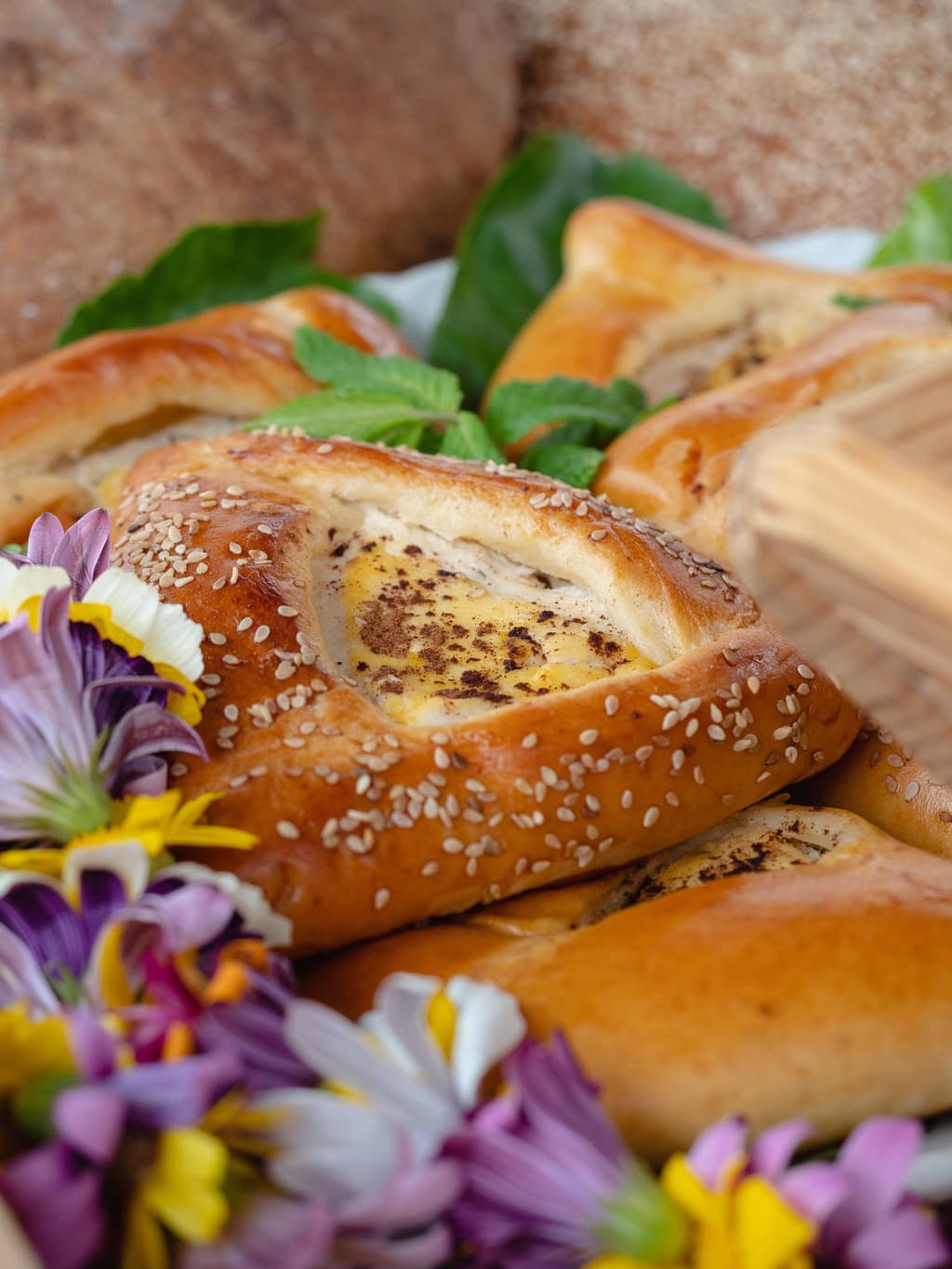
Anevata Kalitsounia
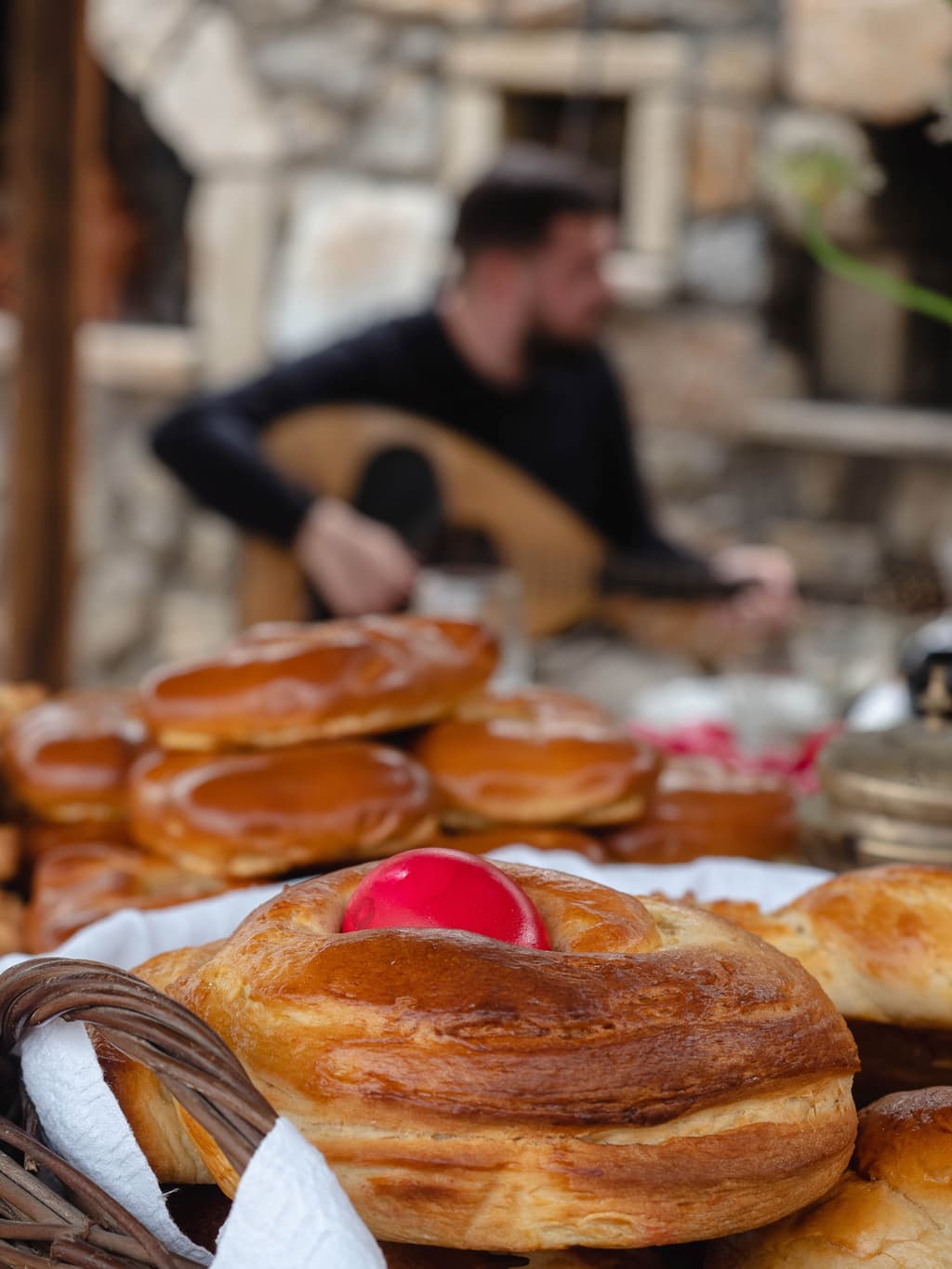
Galatera

Sykomarides
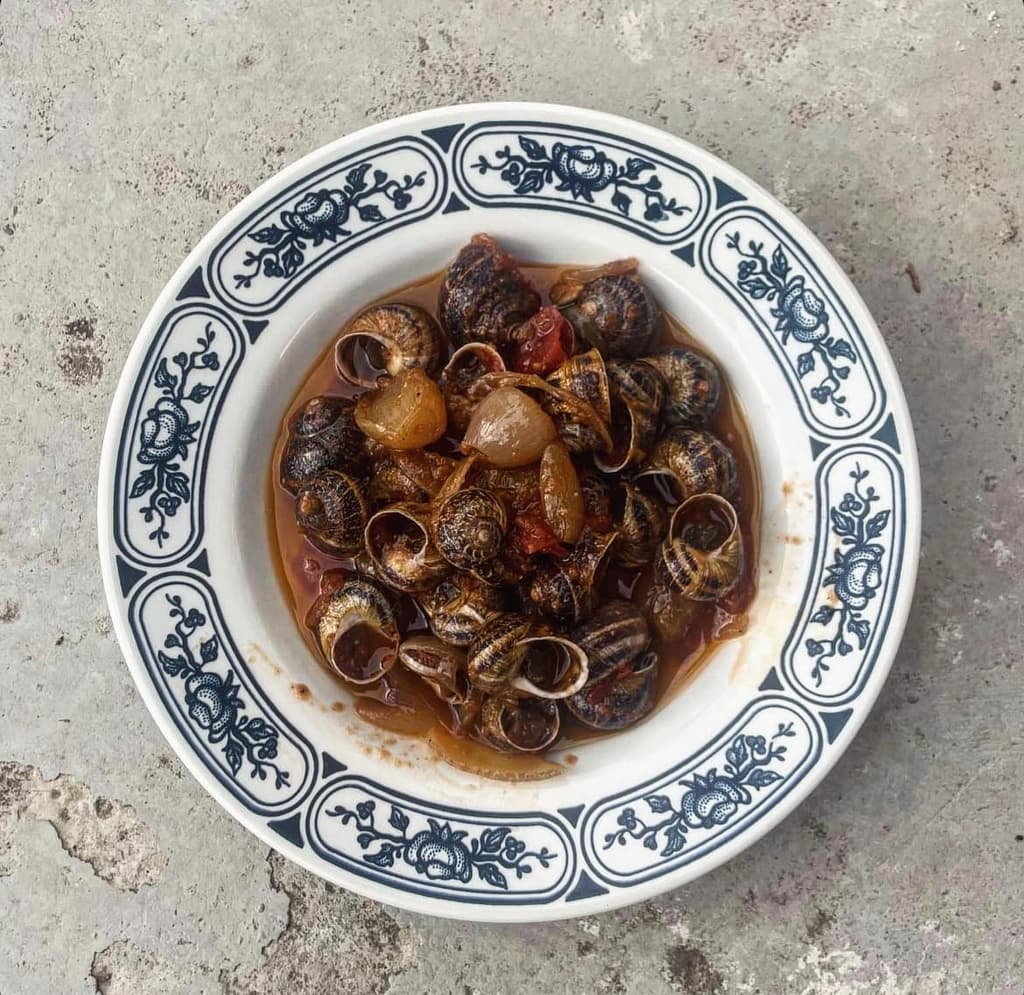
Snails Stifado
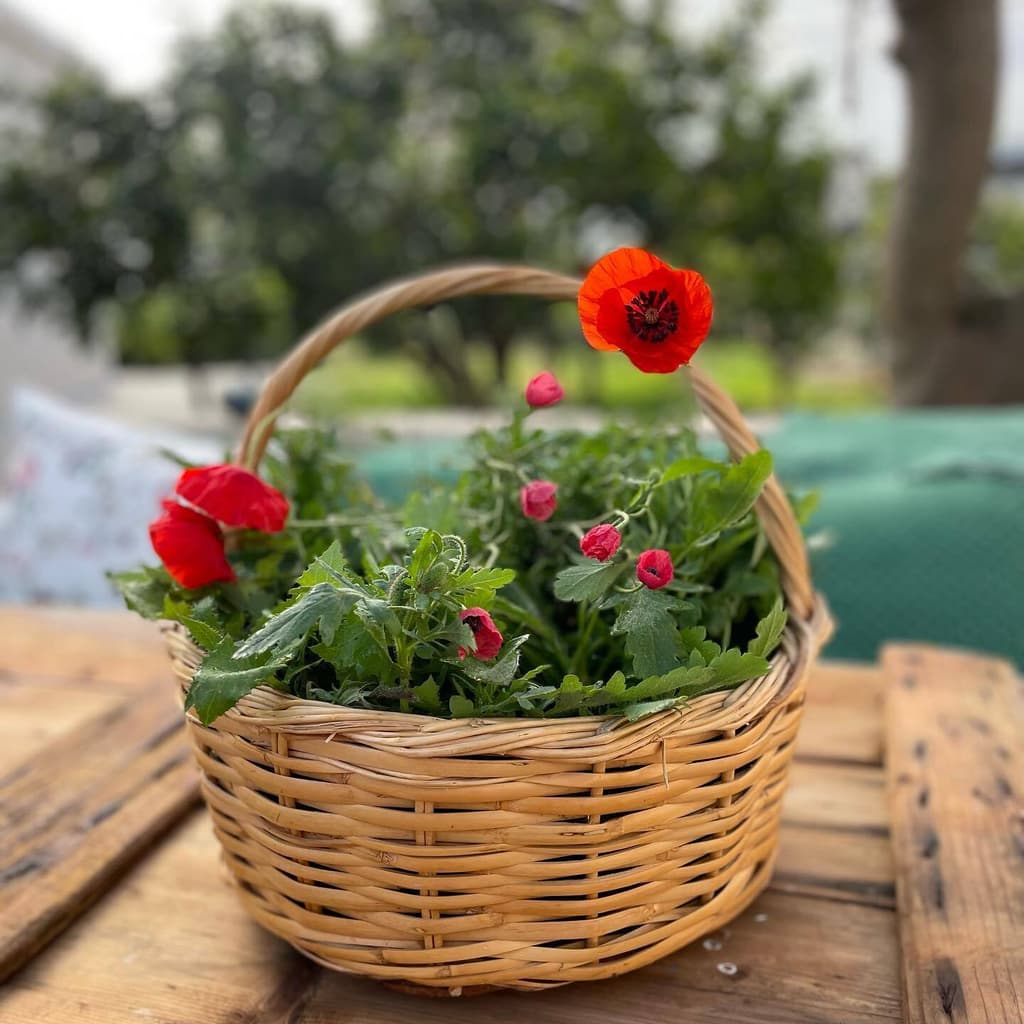
Poppy Pies (Paparounopites)

Beetroot Salad
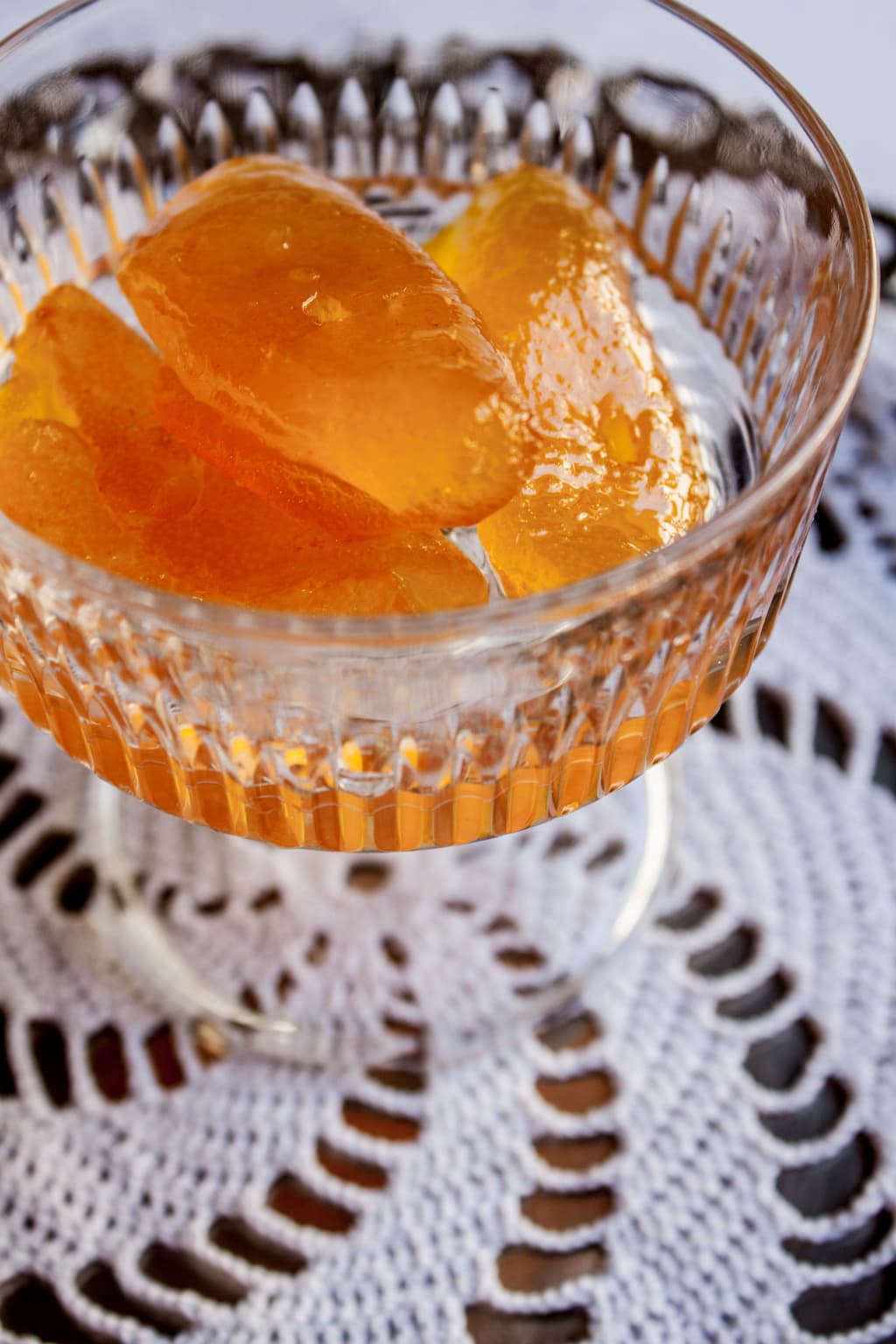
Bitter Orange Spoon Sweet (Nerantzi)
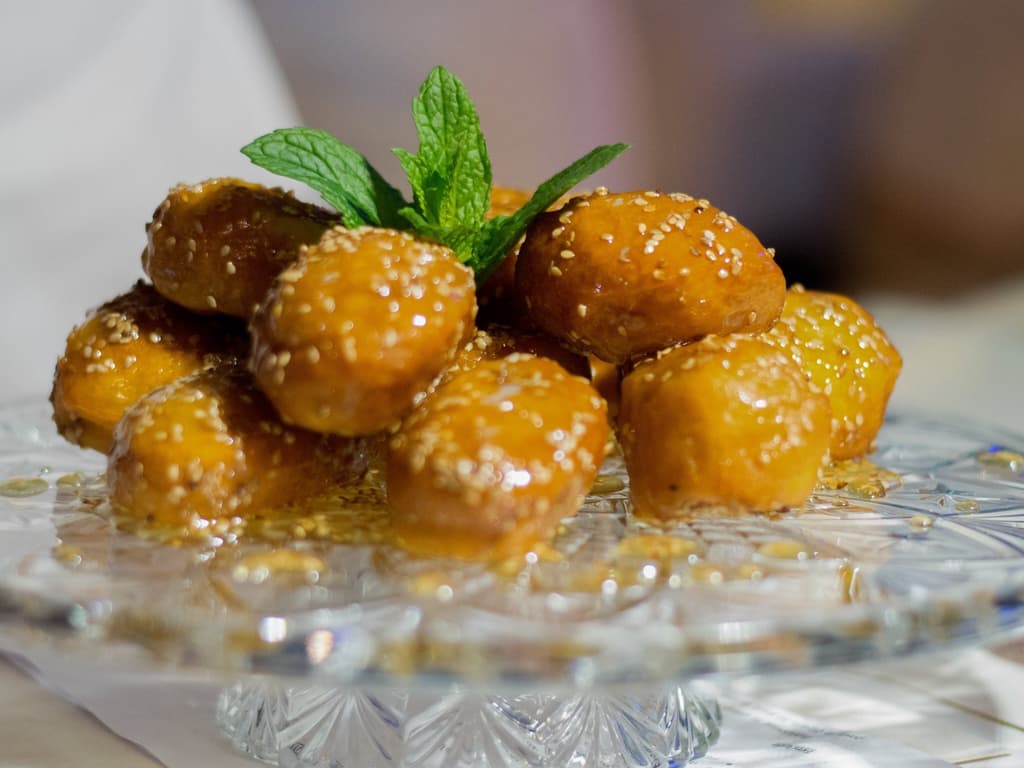
Loukoumia or Koubania

Fasouloryzo
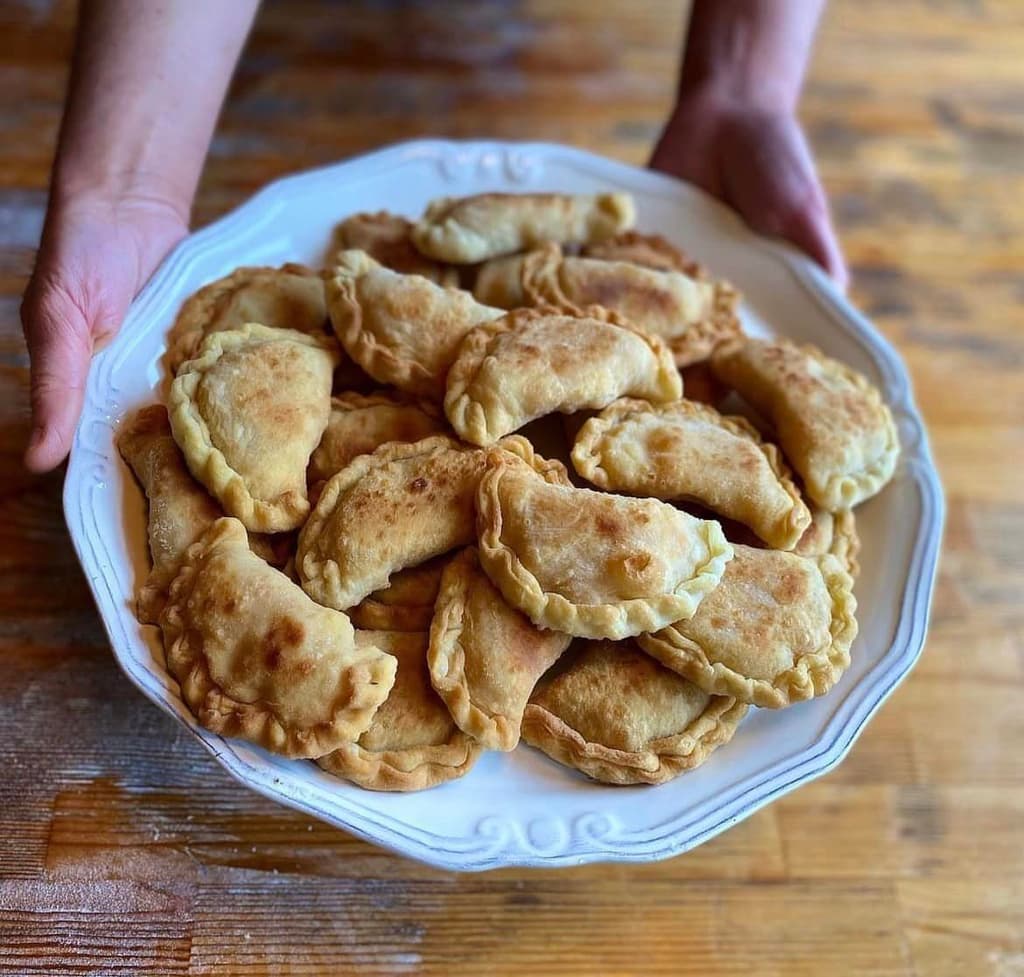
Pumpkin-Filled Pitarakia

Biza or Manarolia Stew with Eggplants
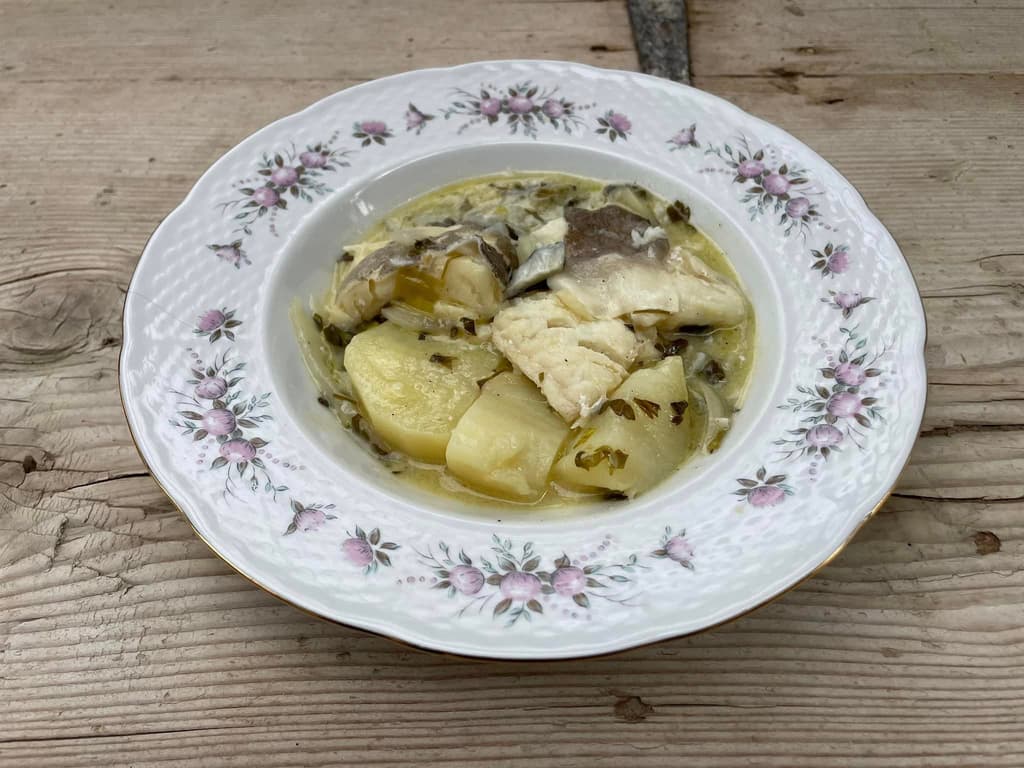
Salted Cod with Bitter Orange Sauce
